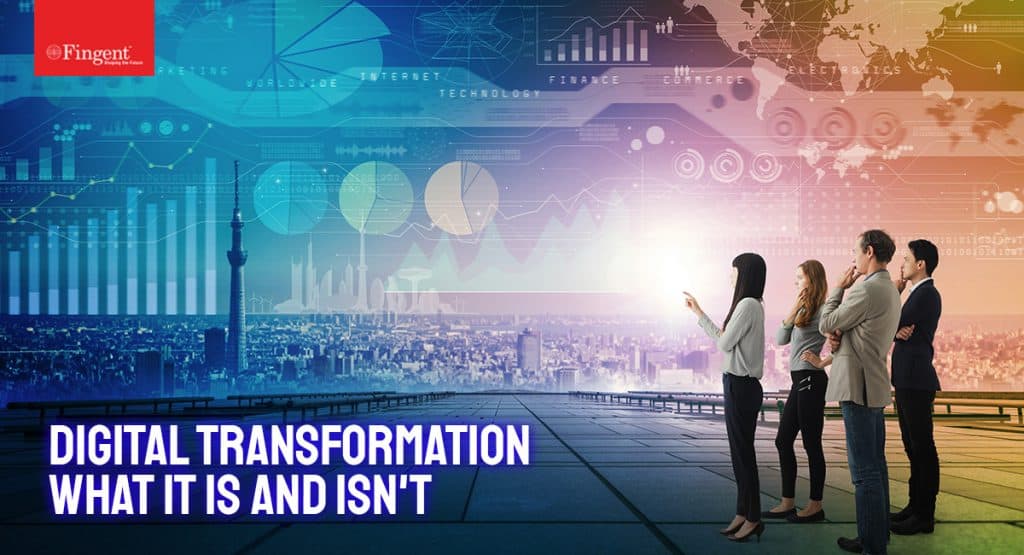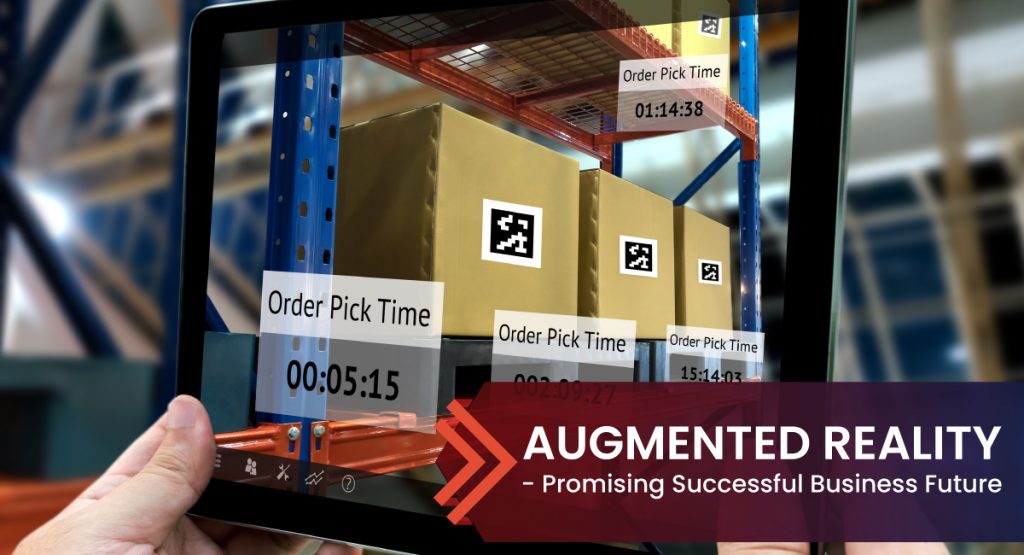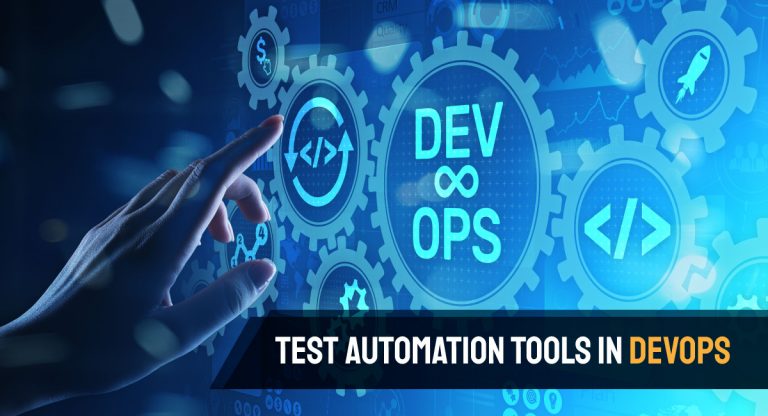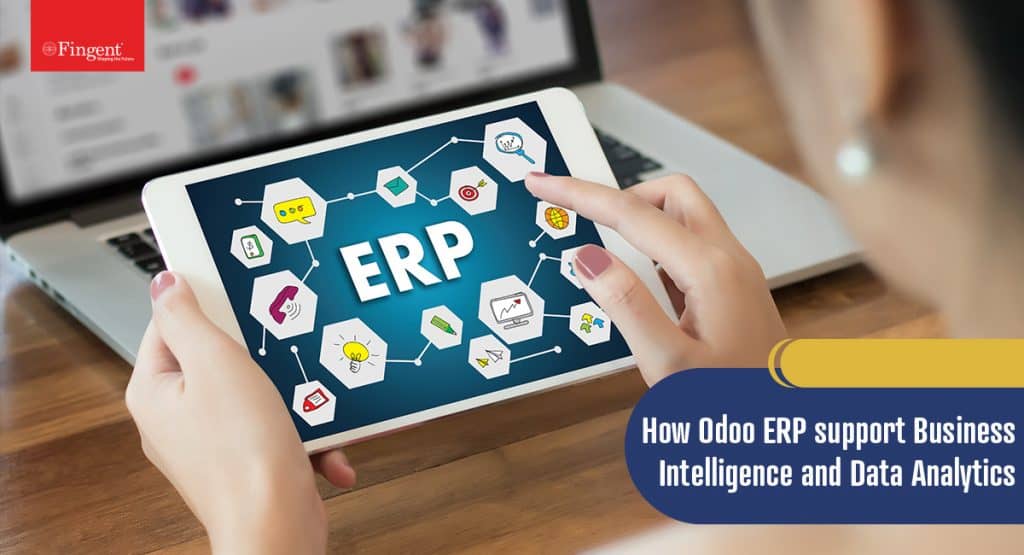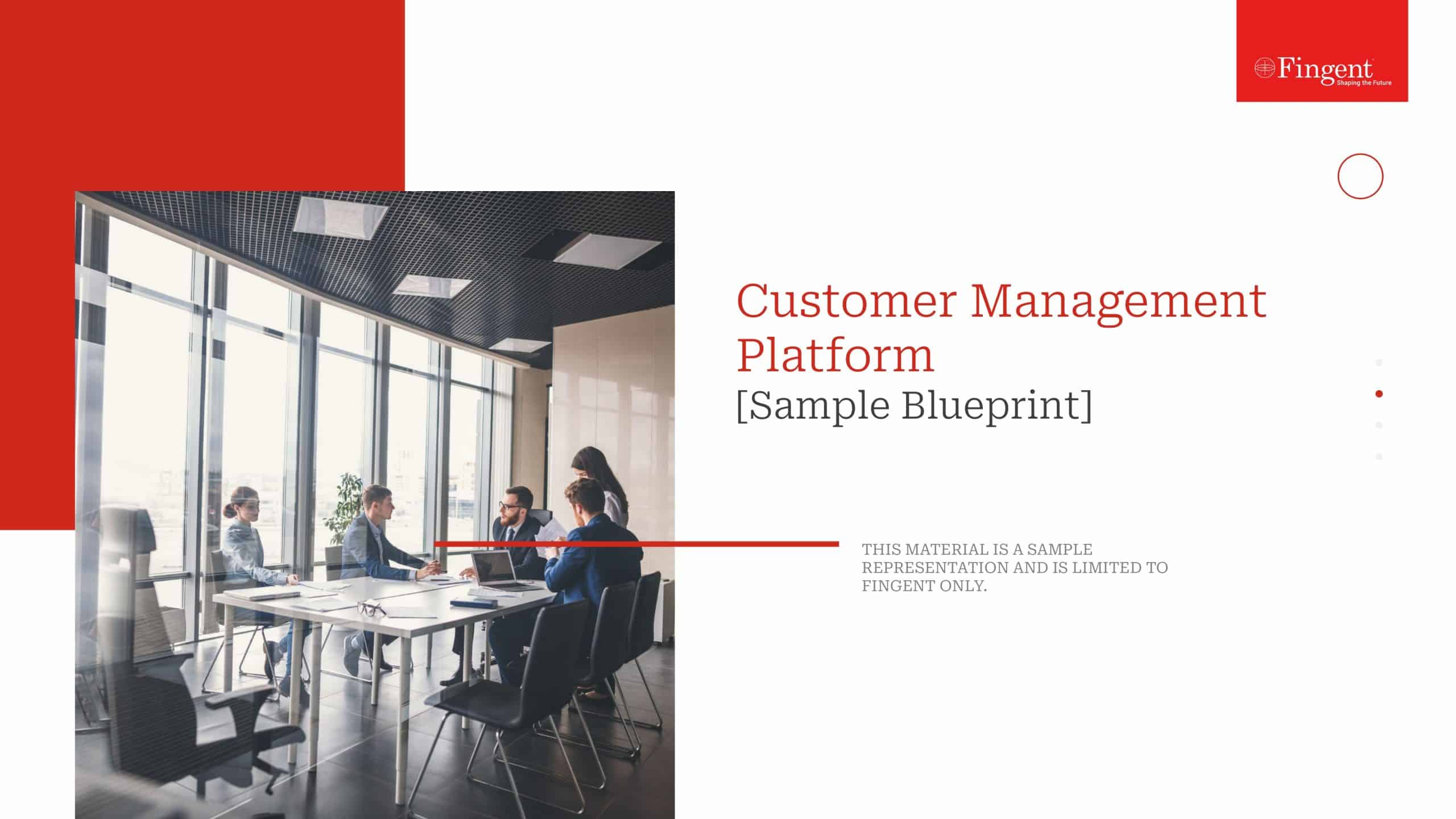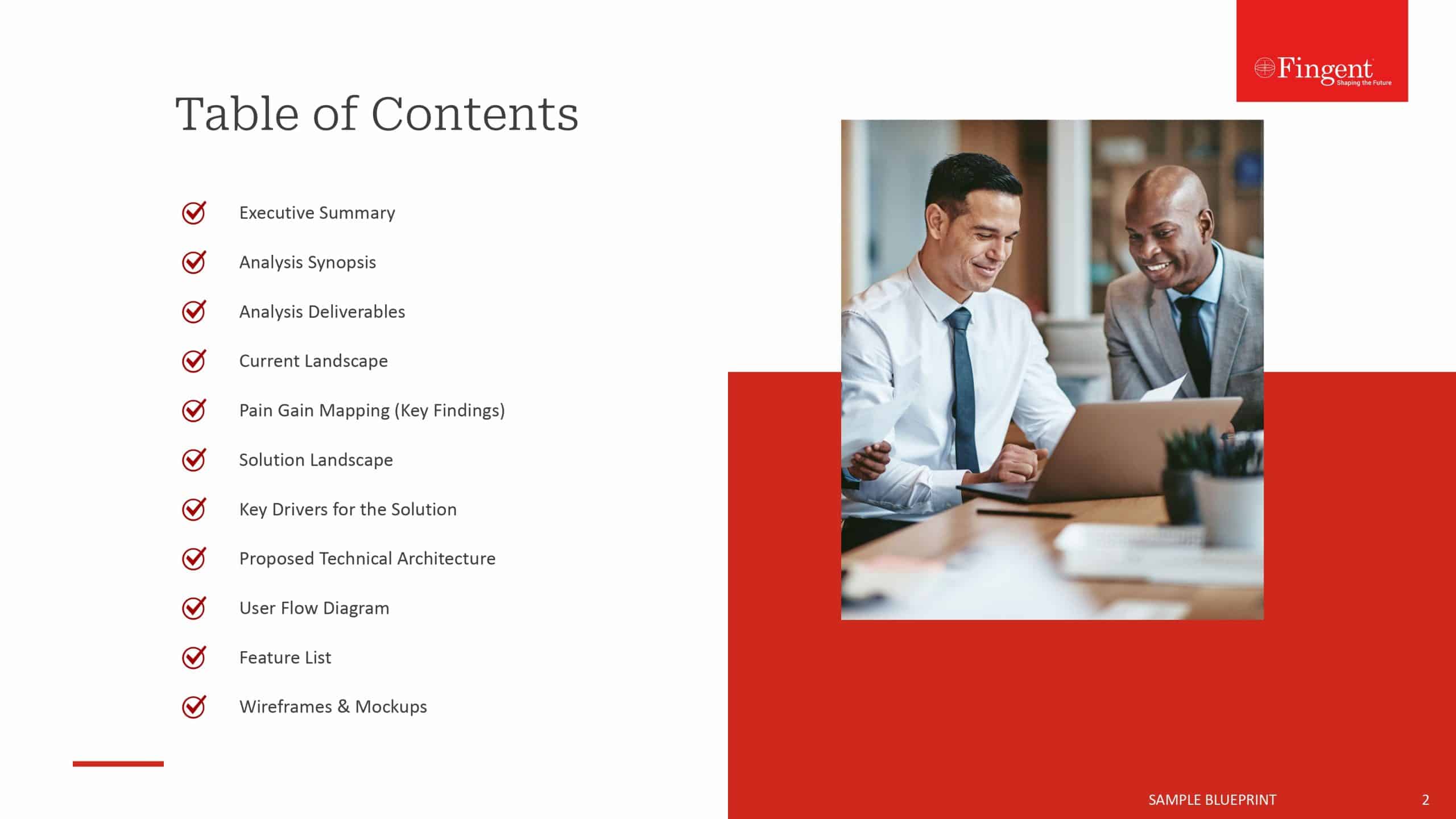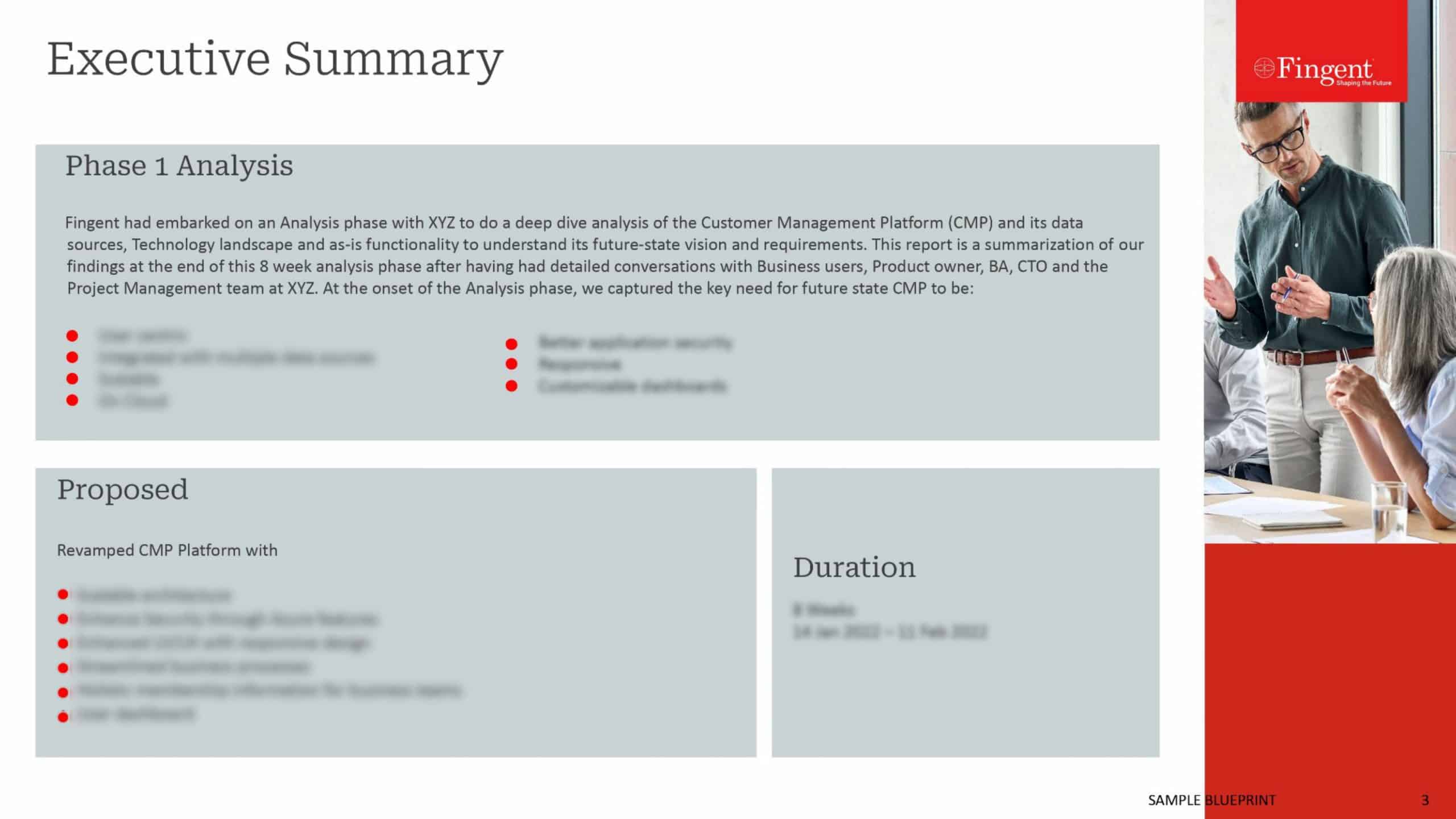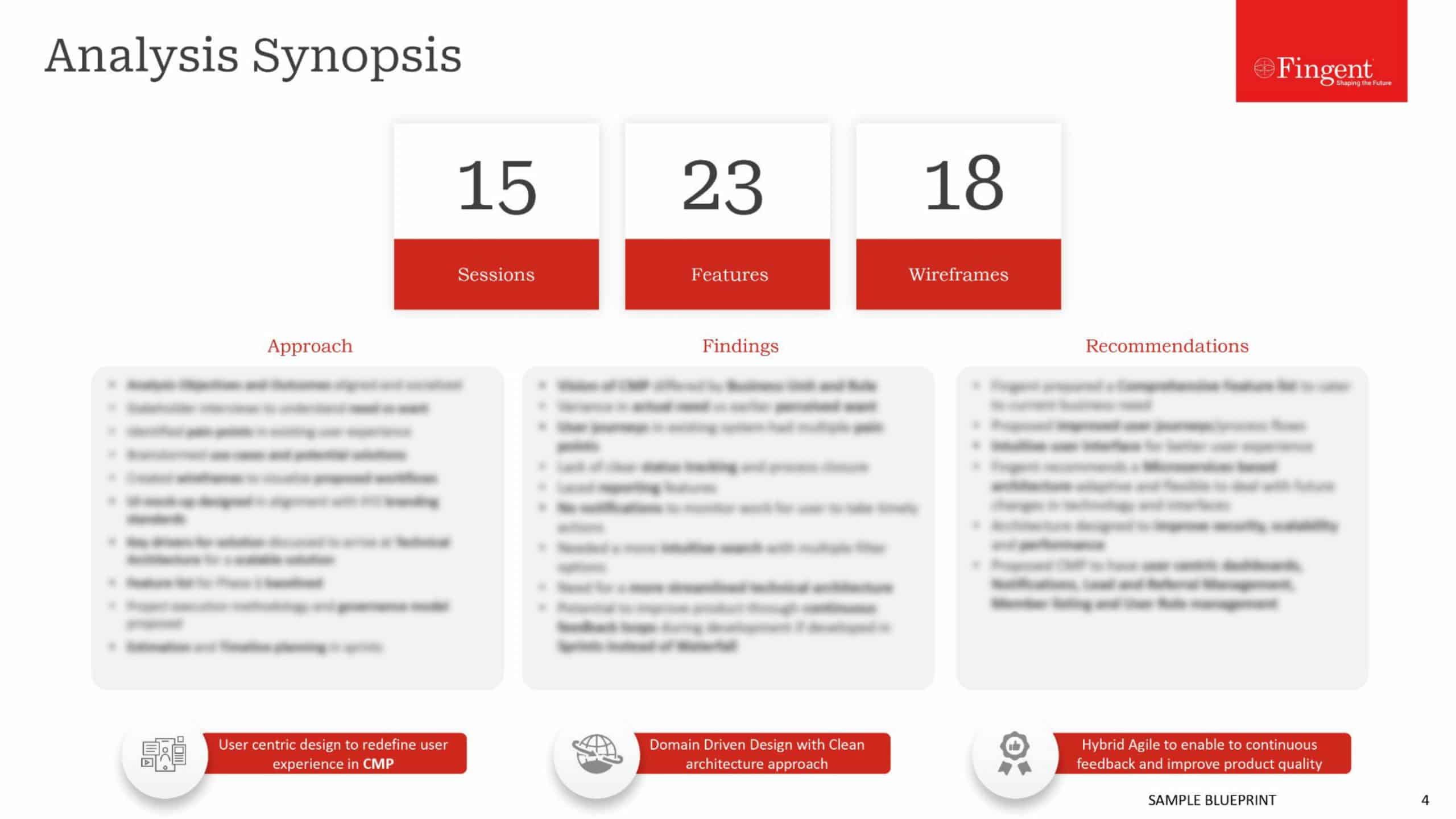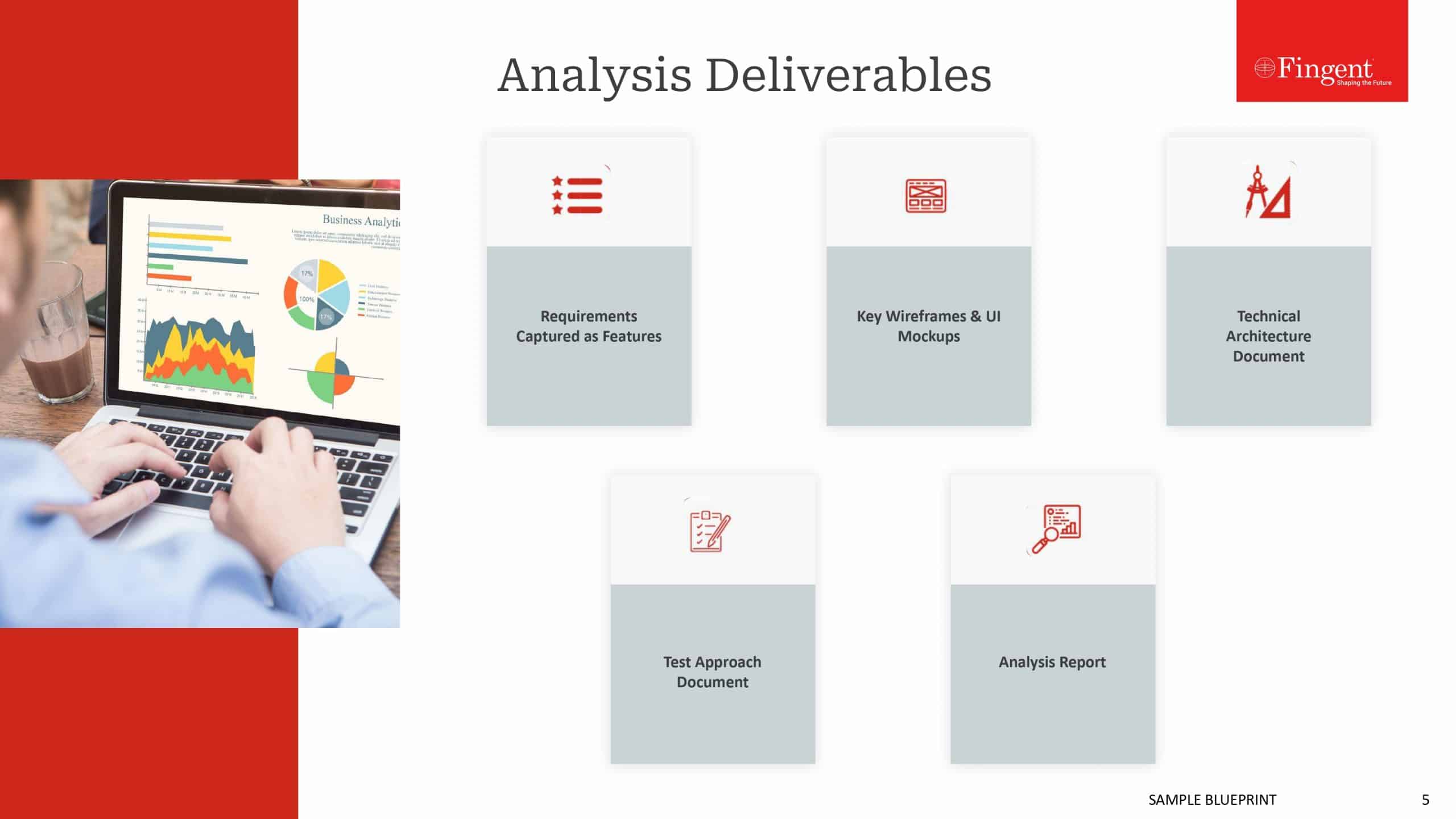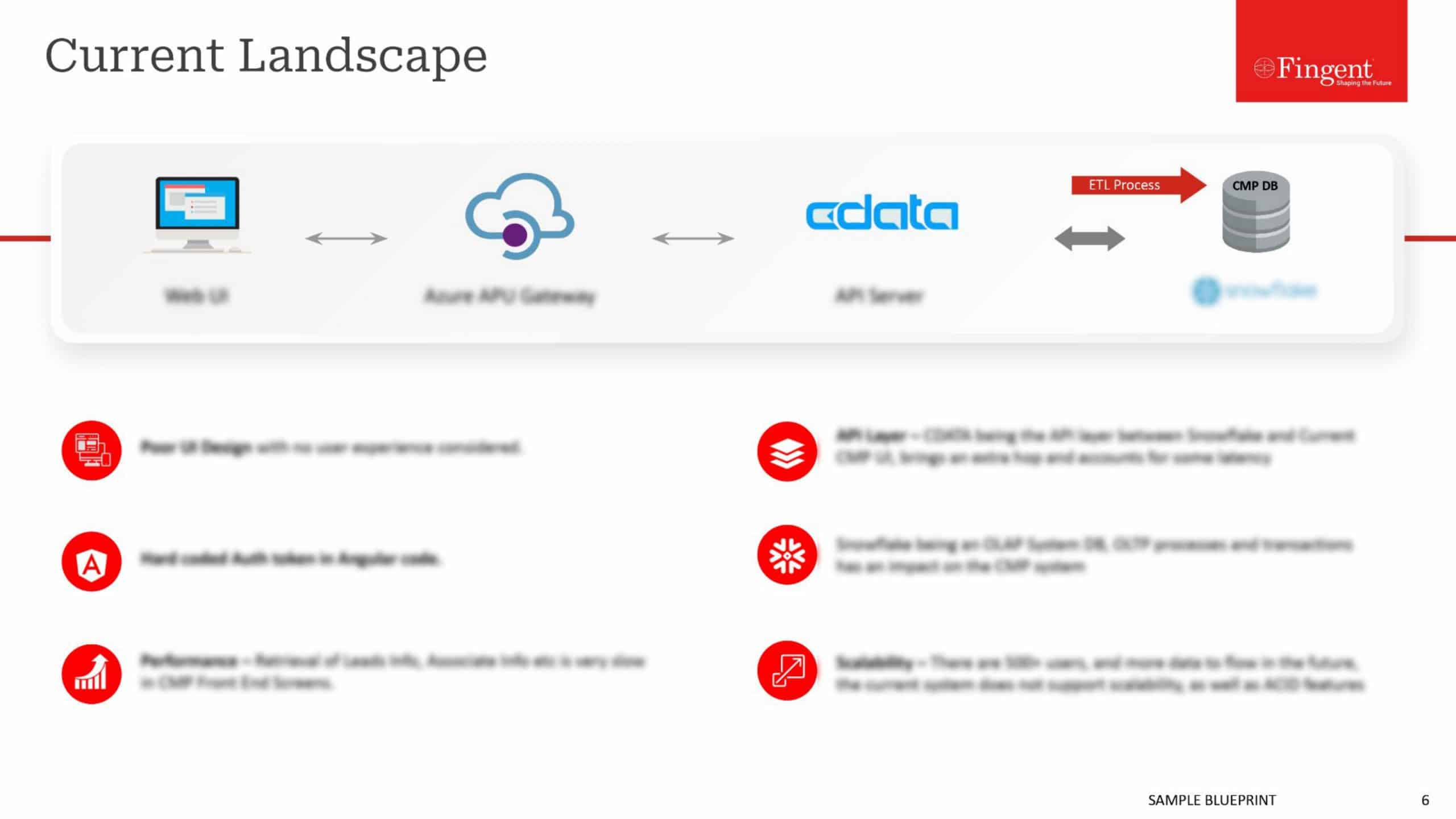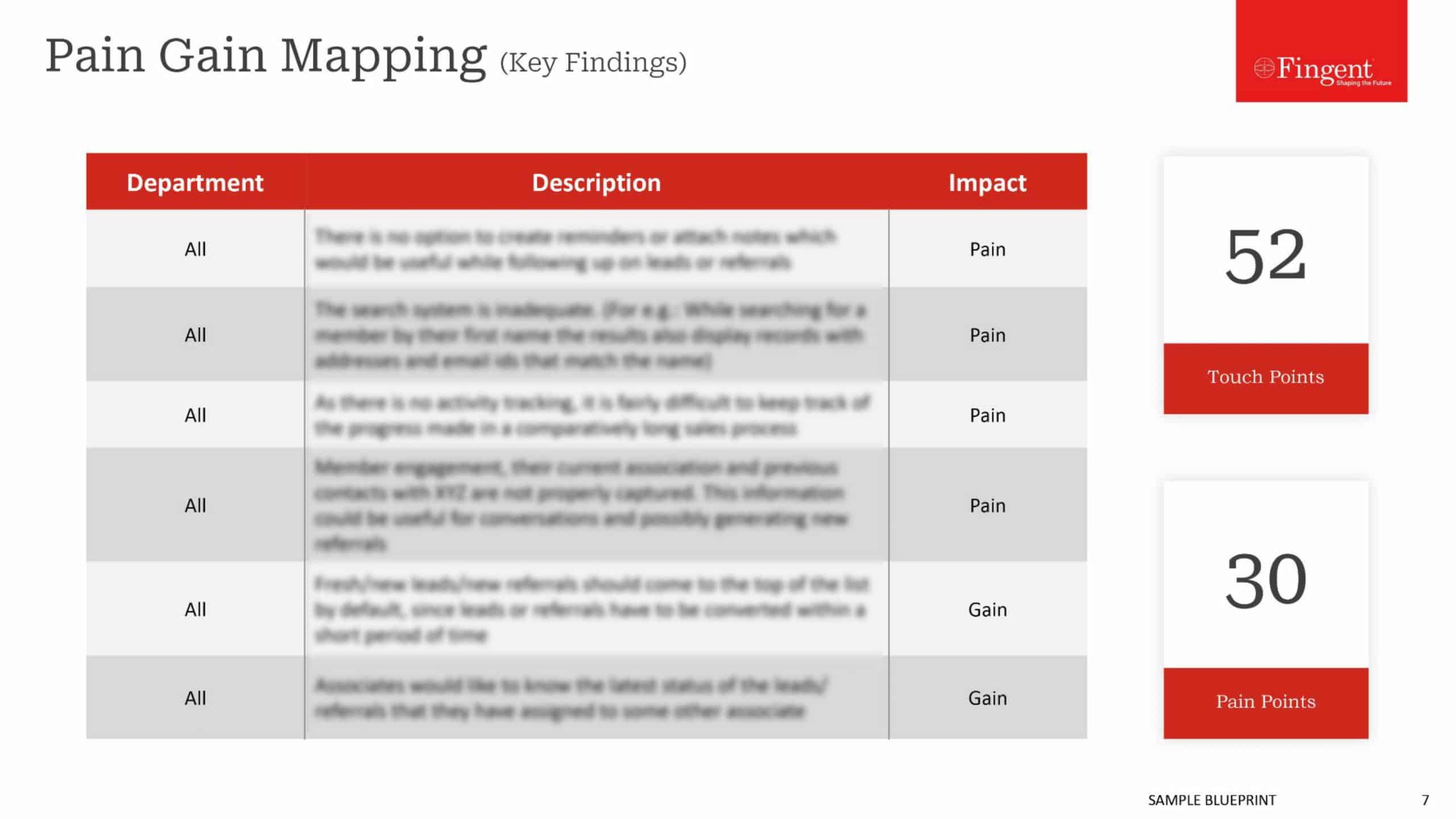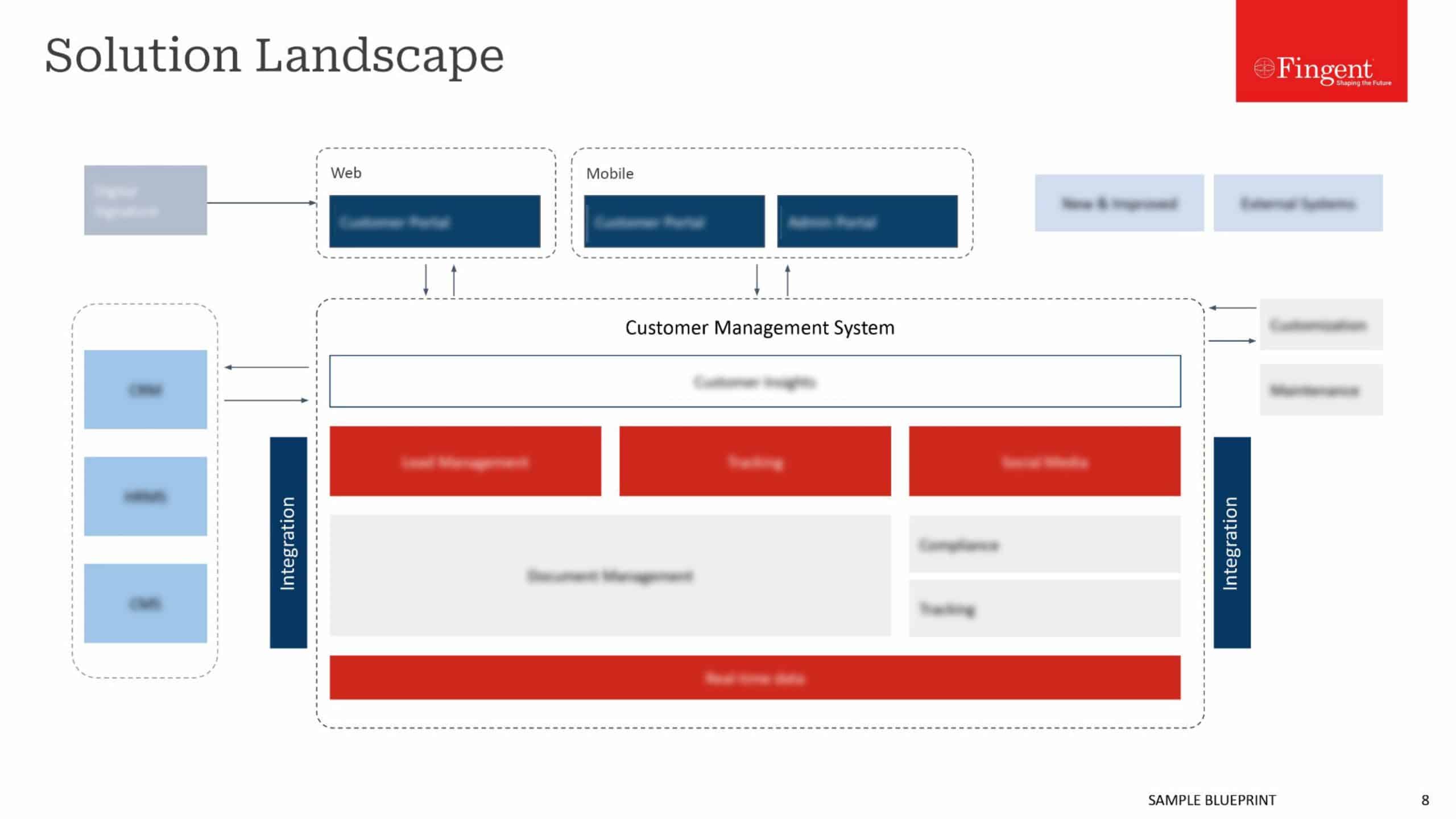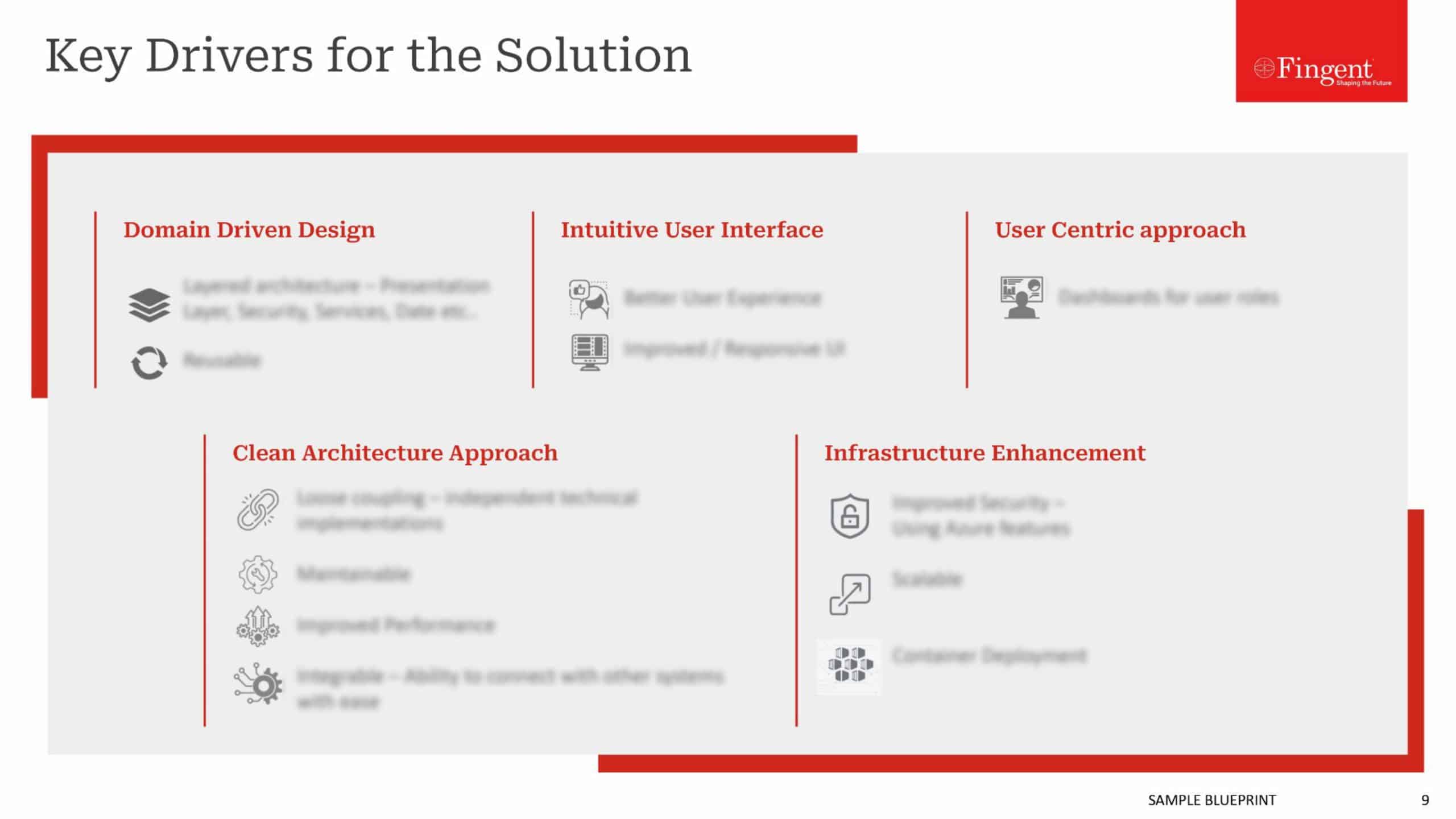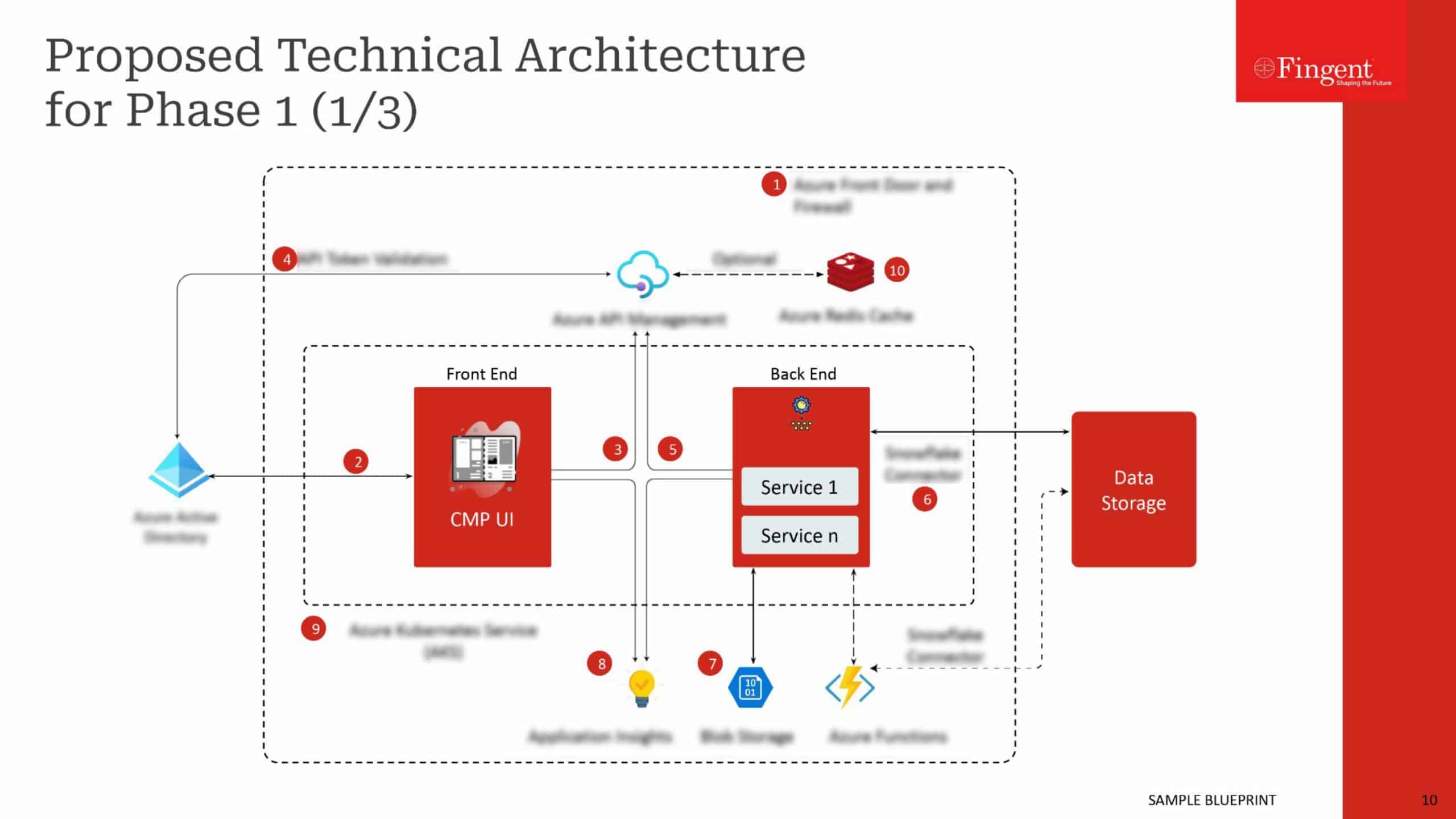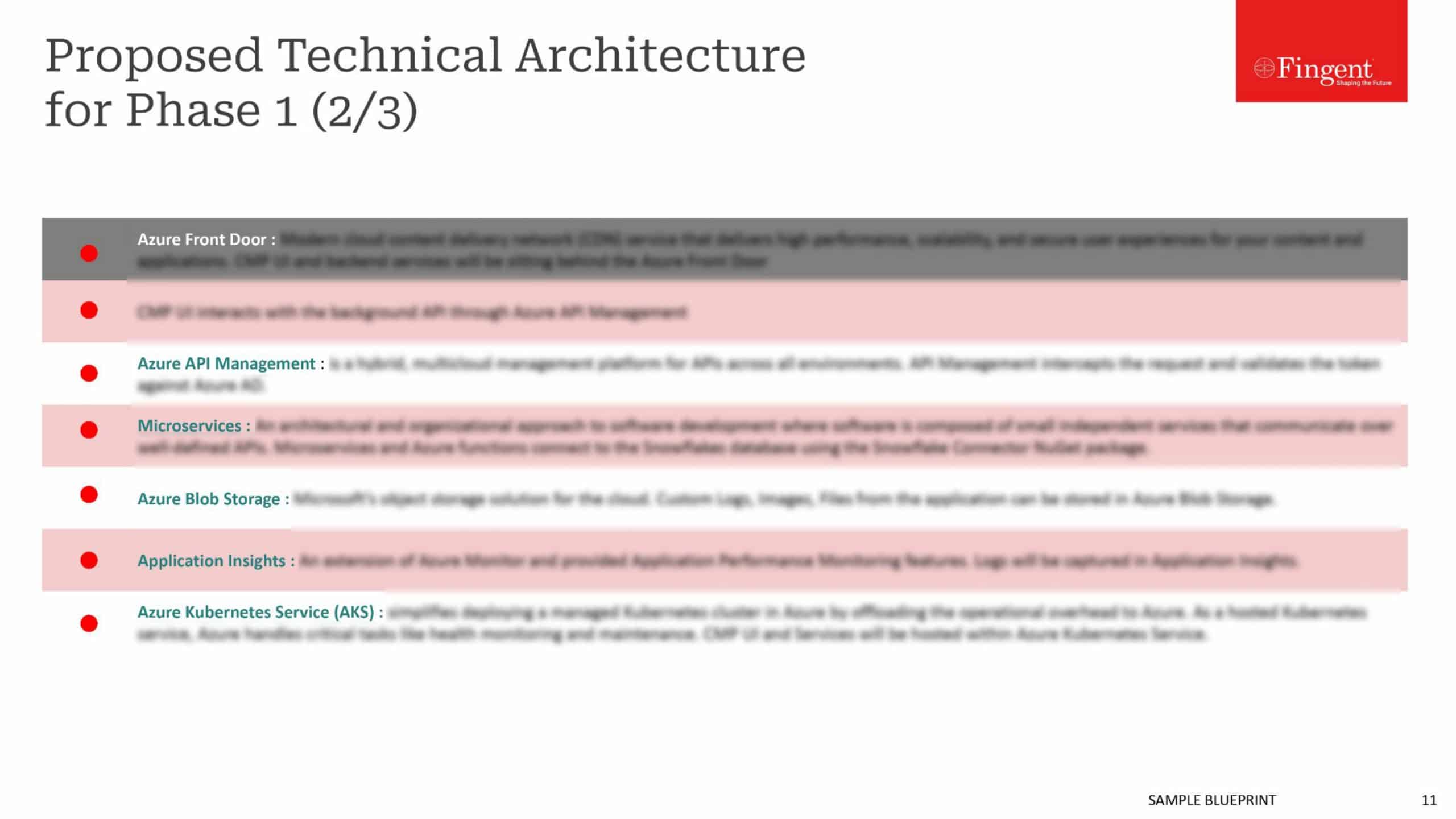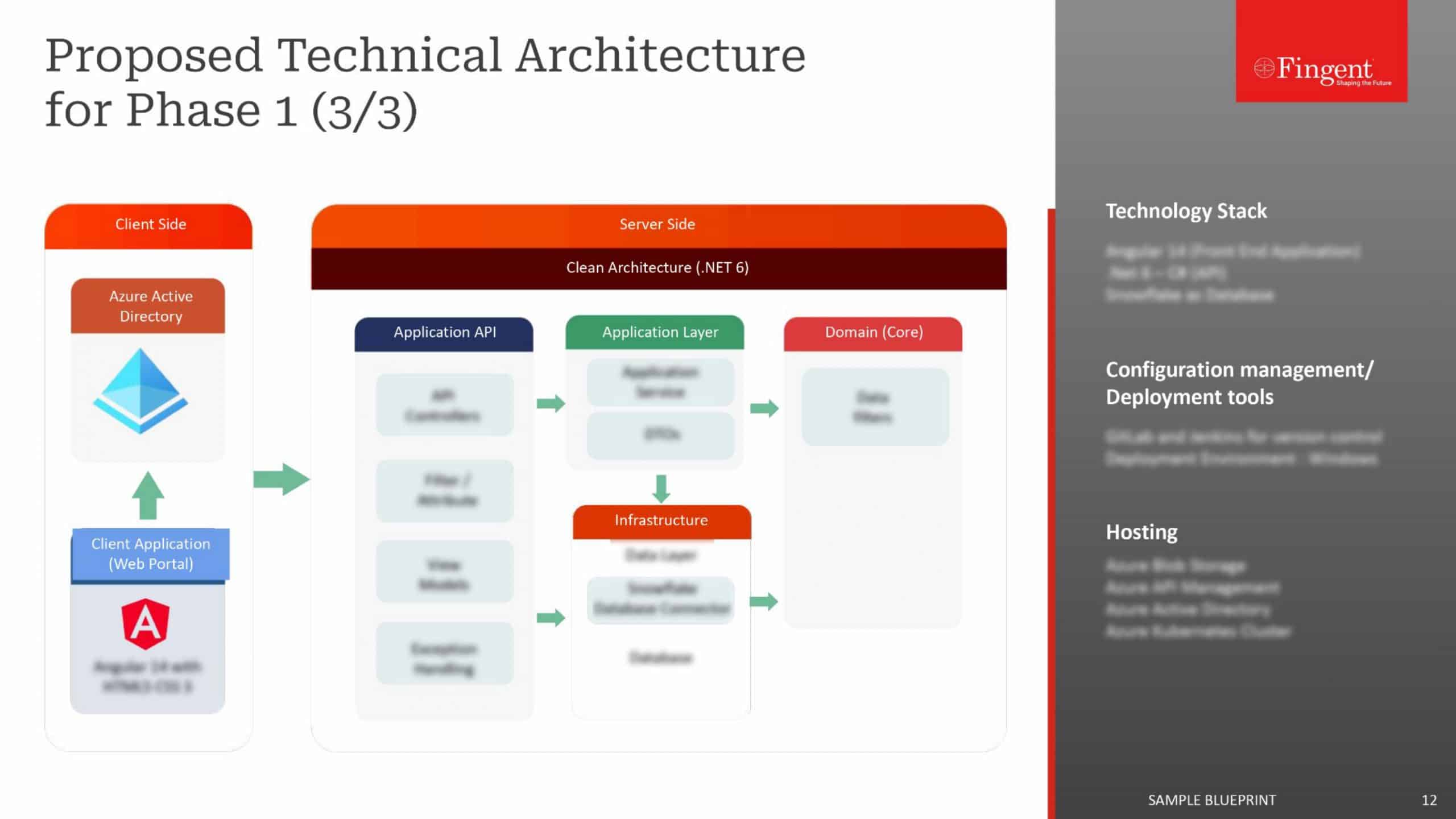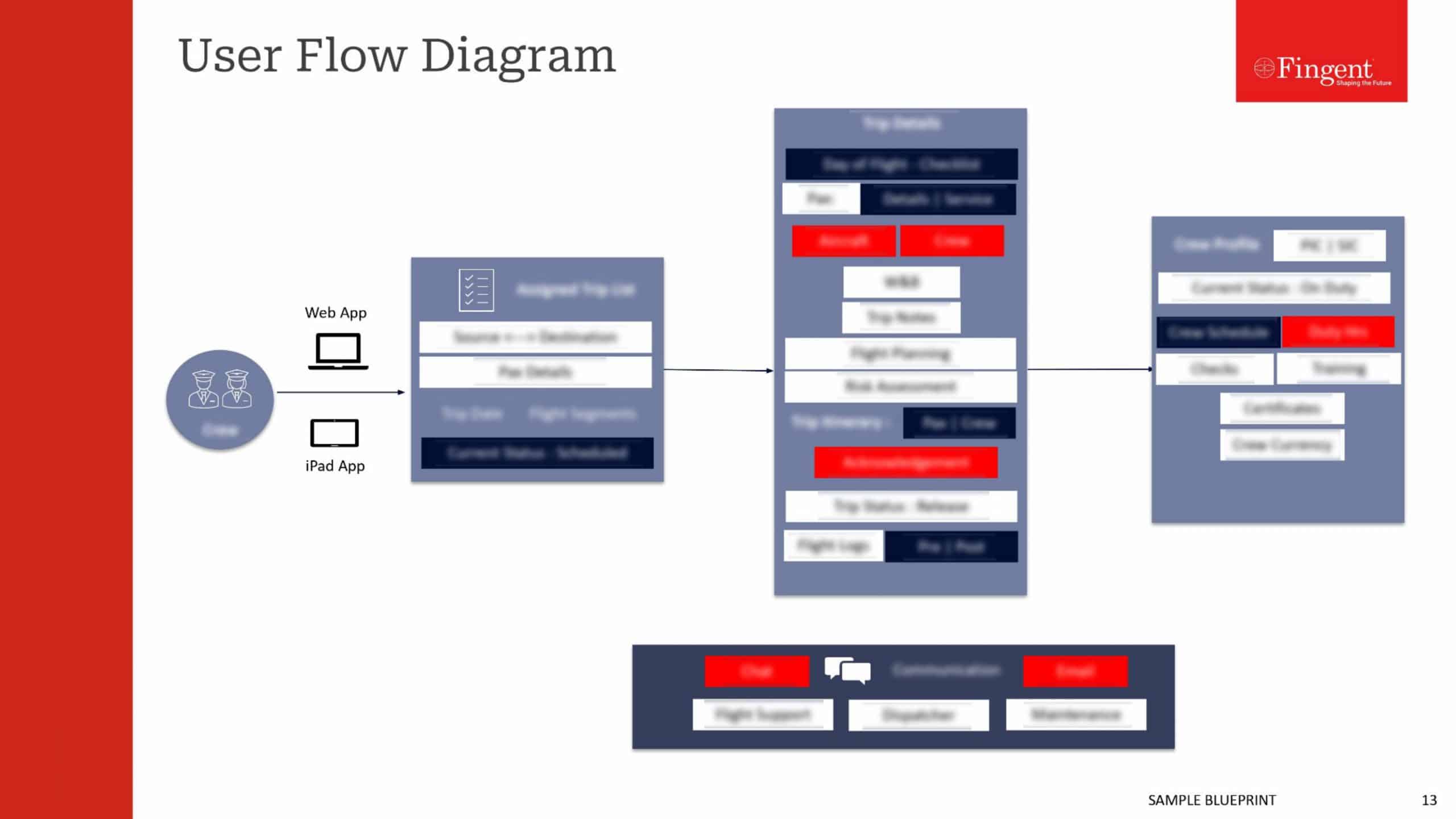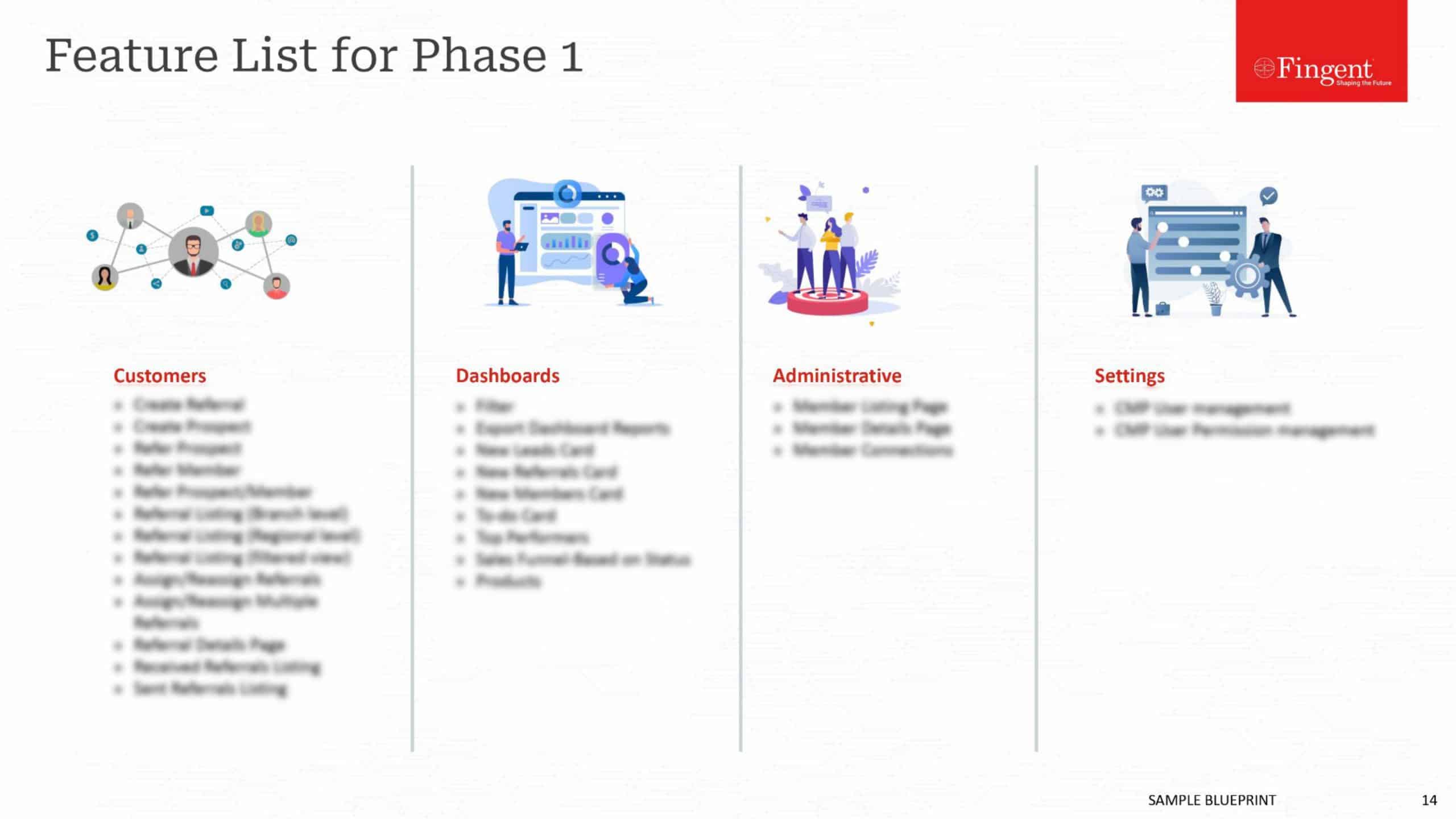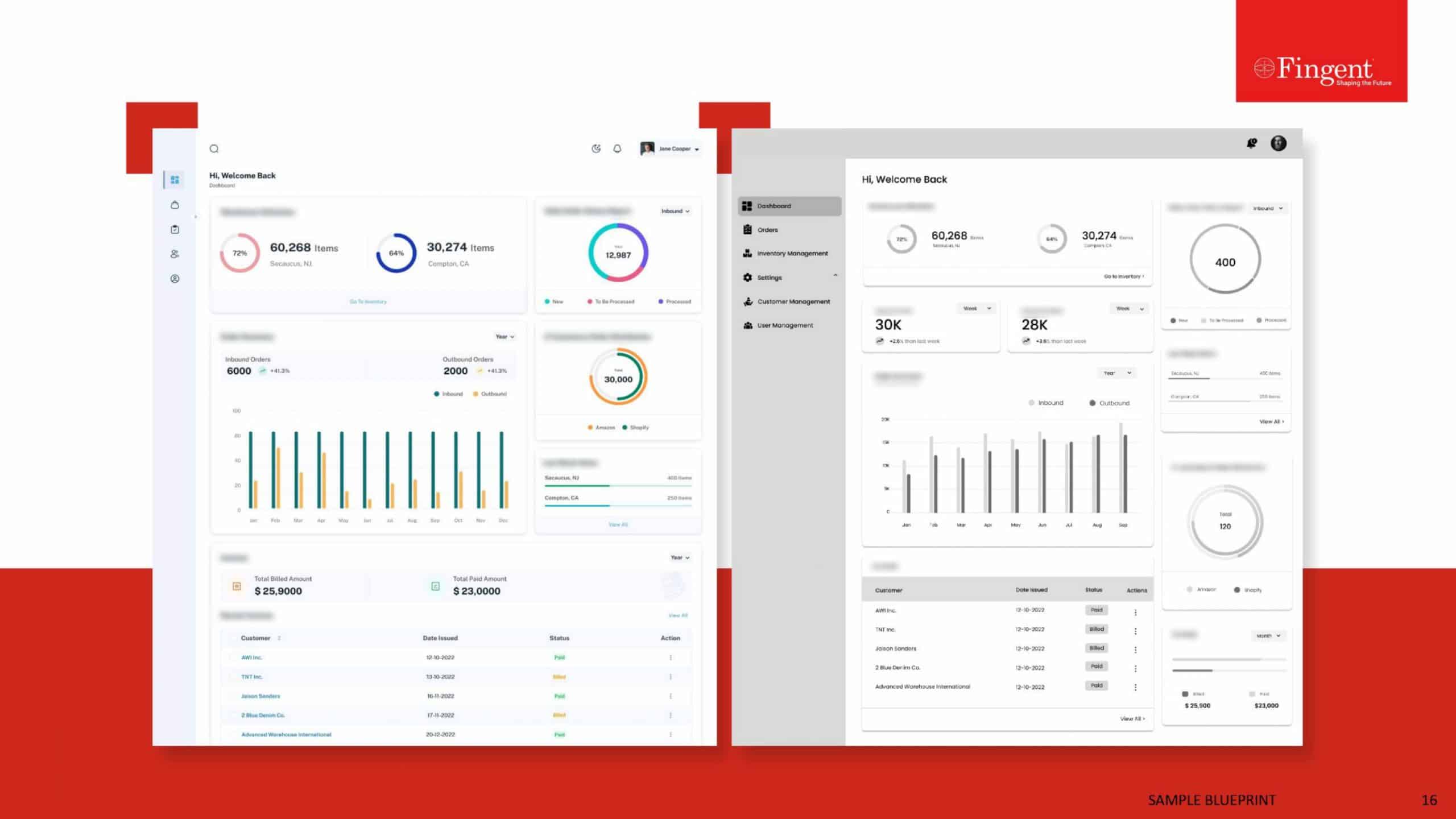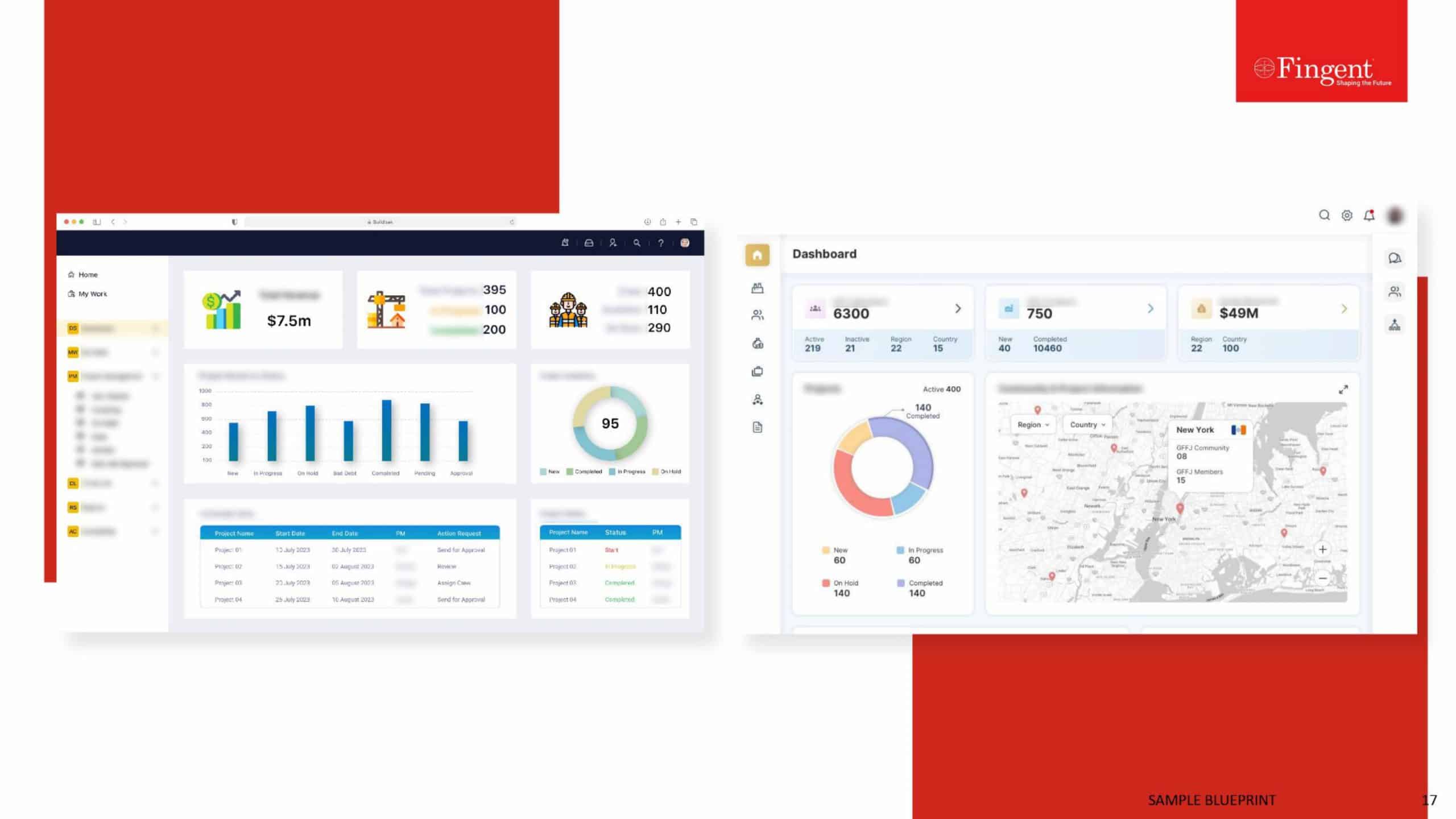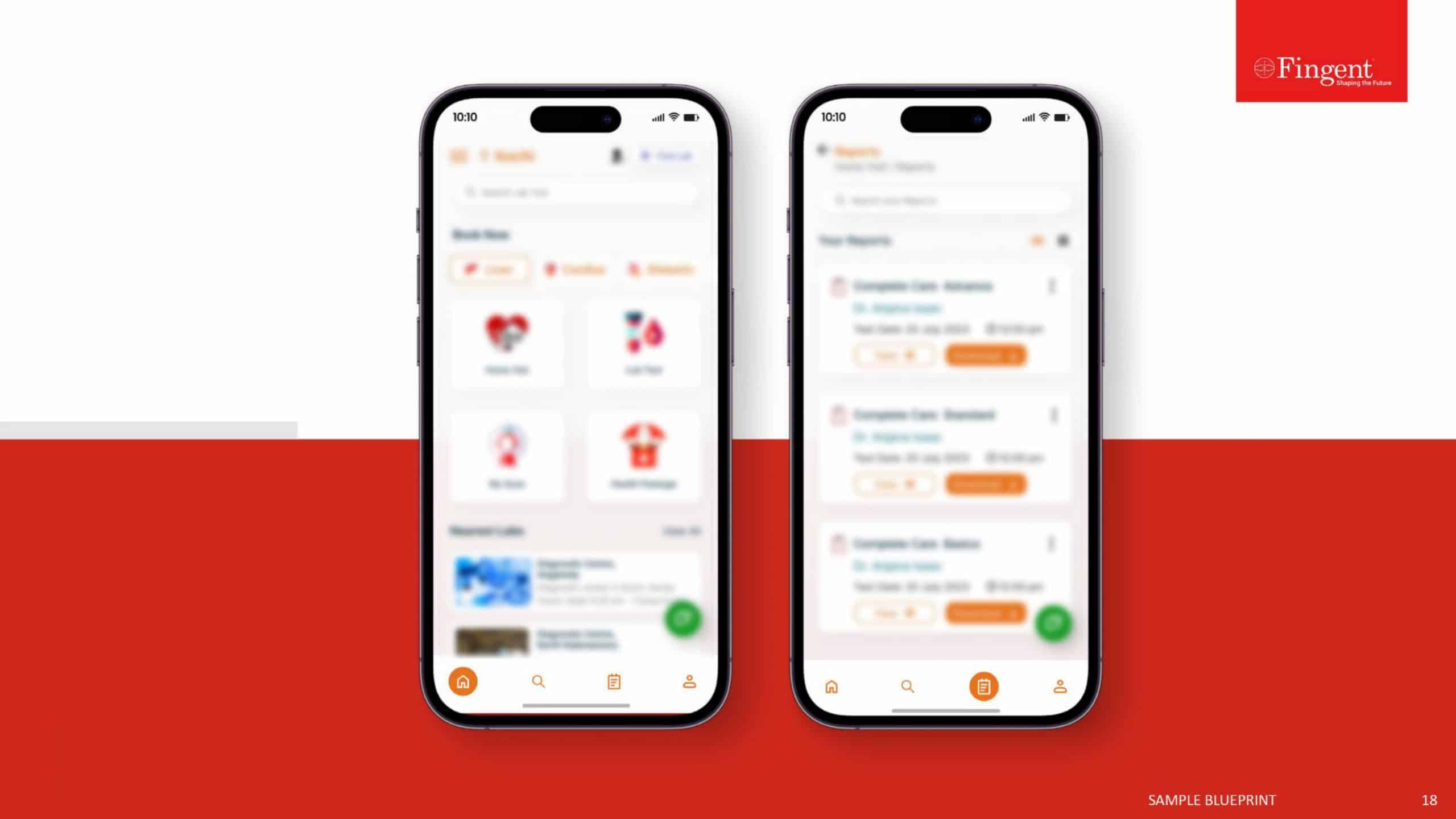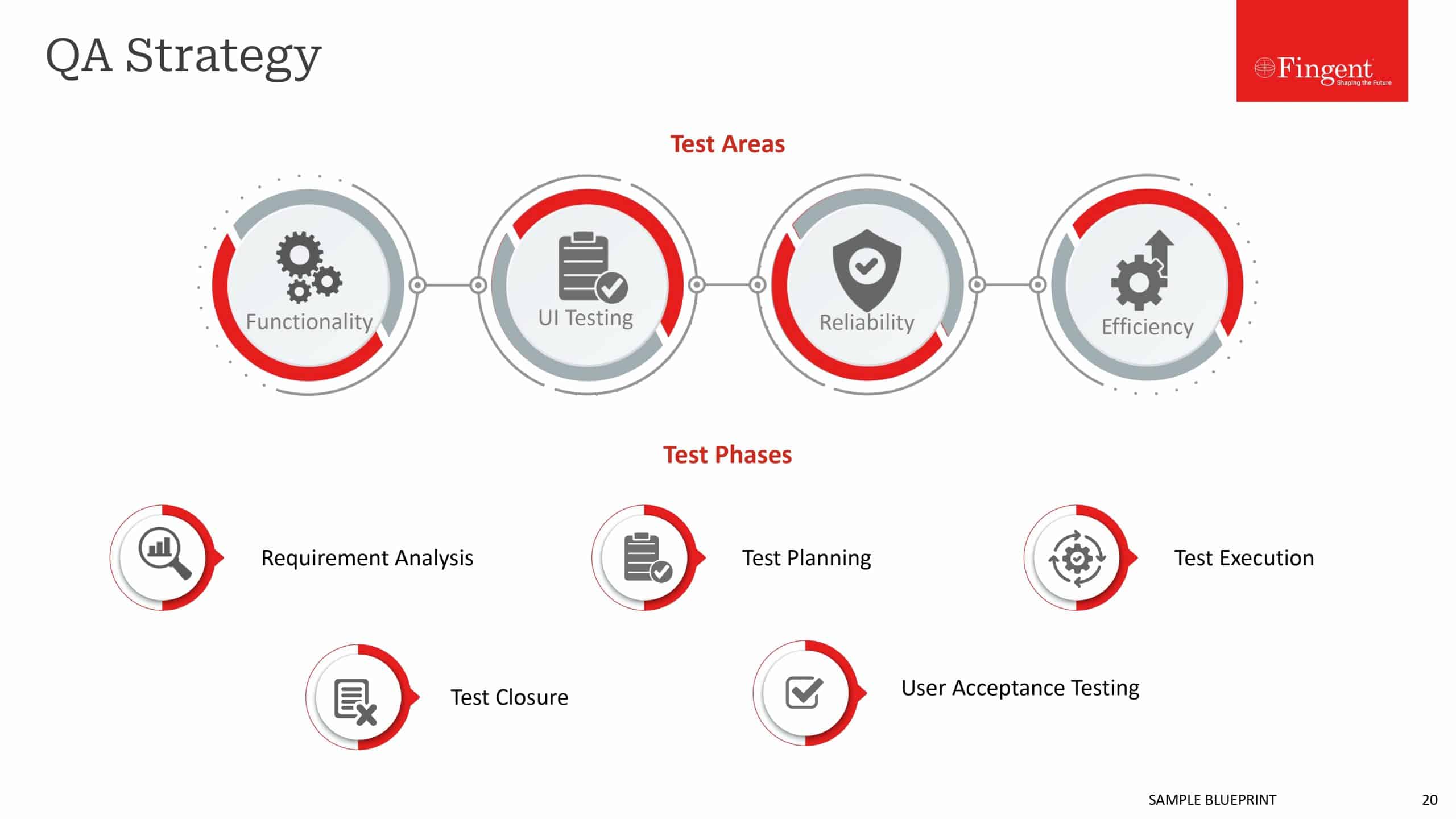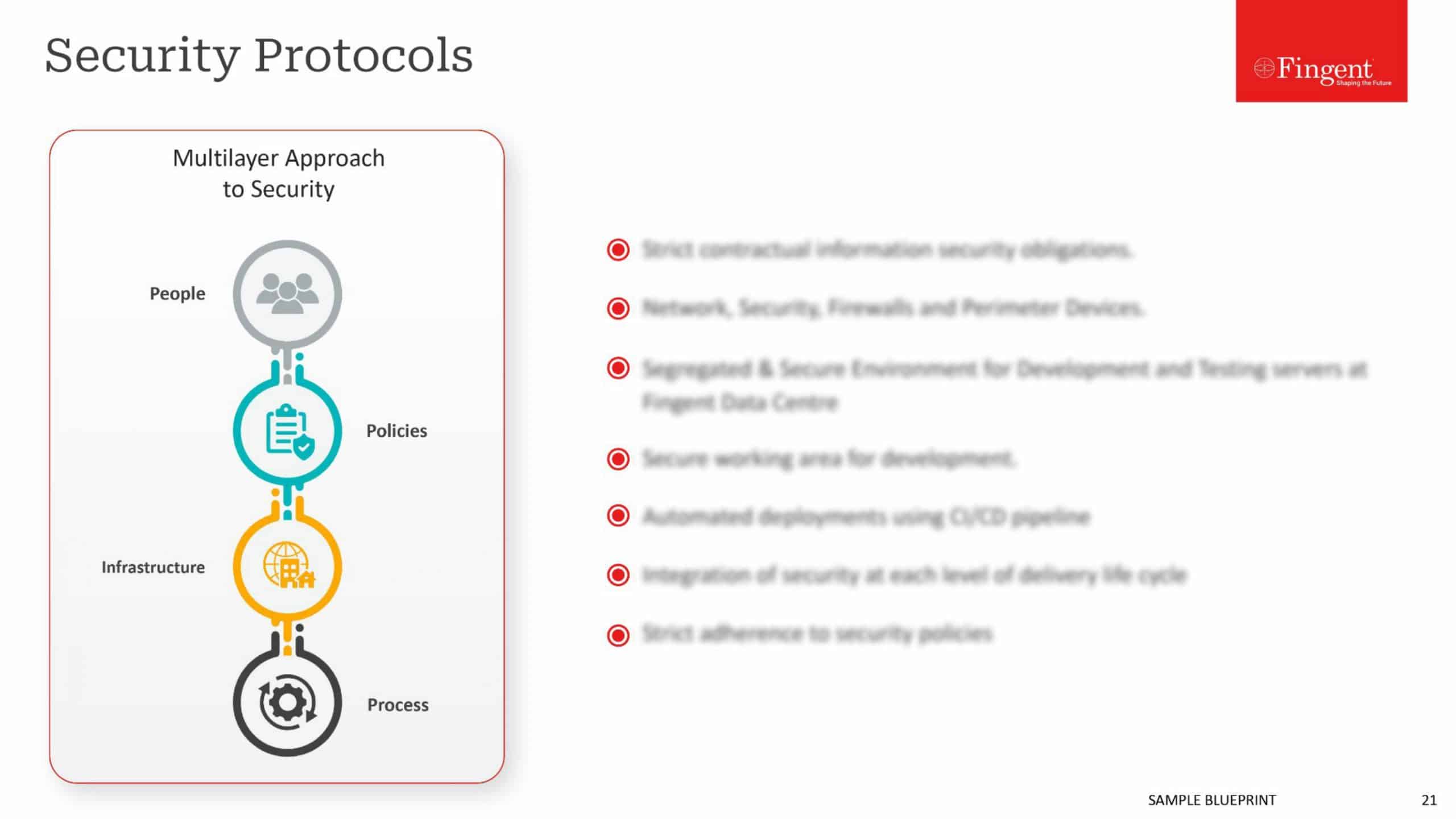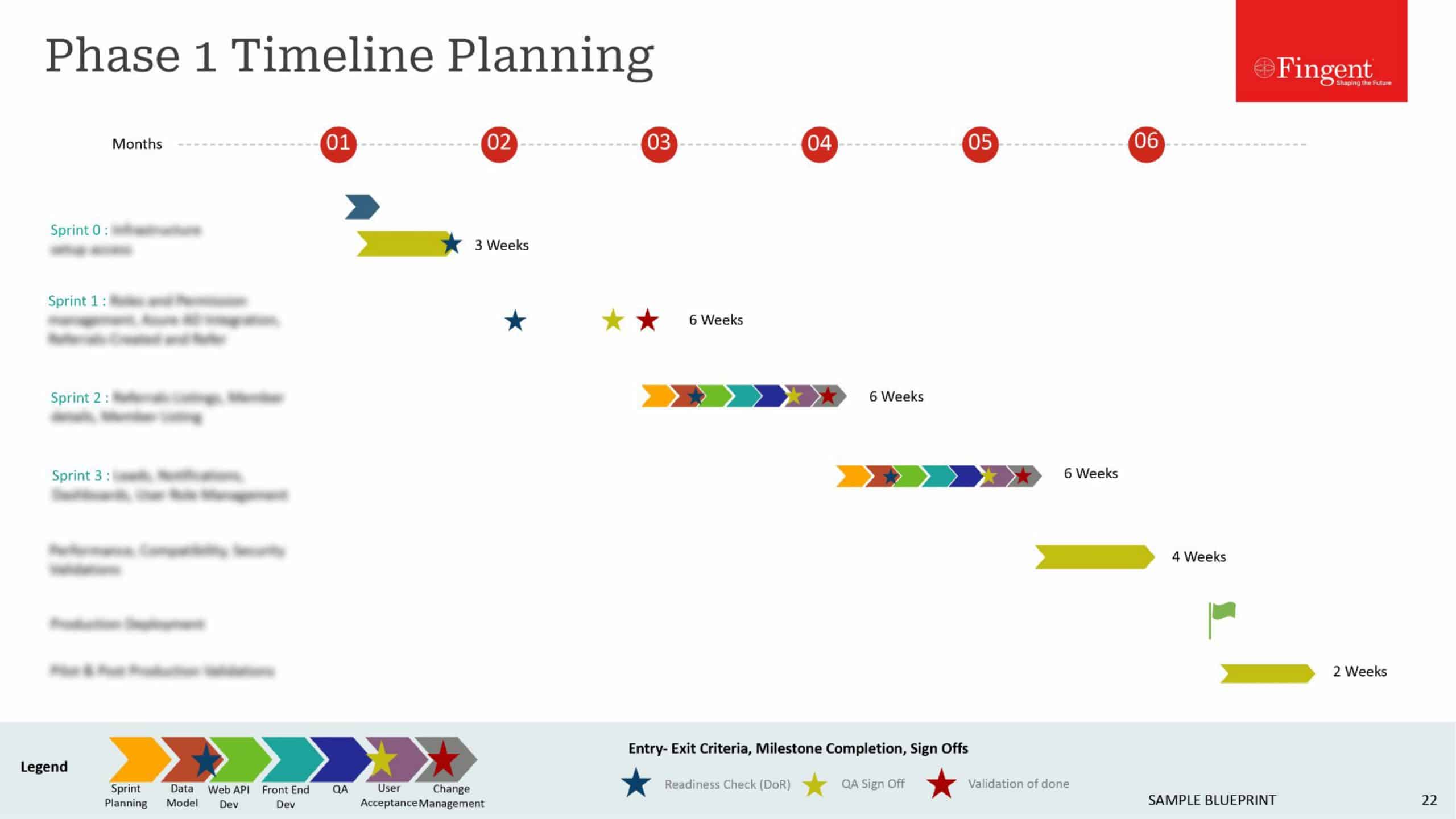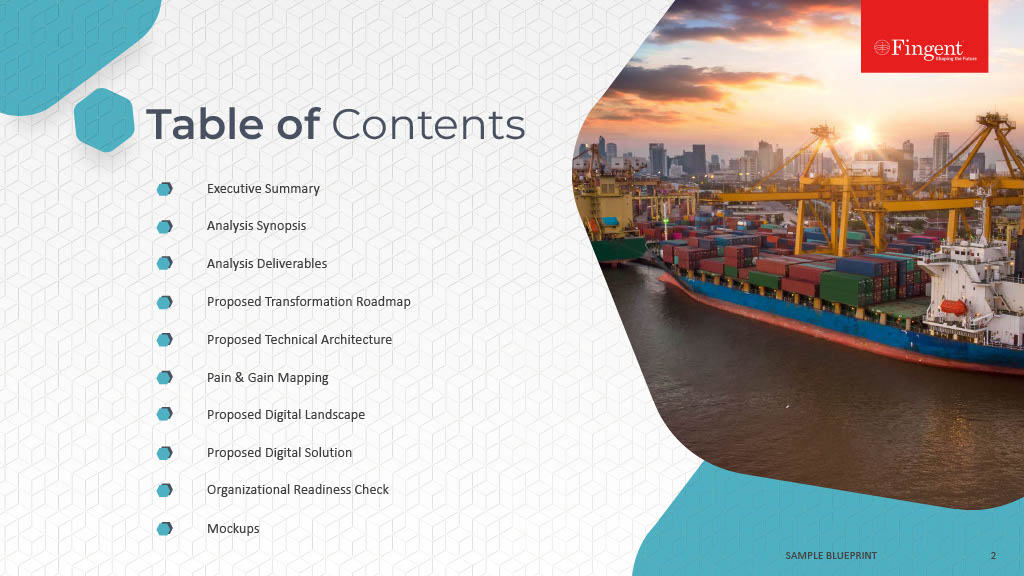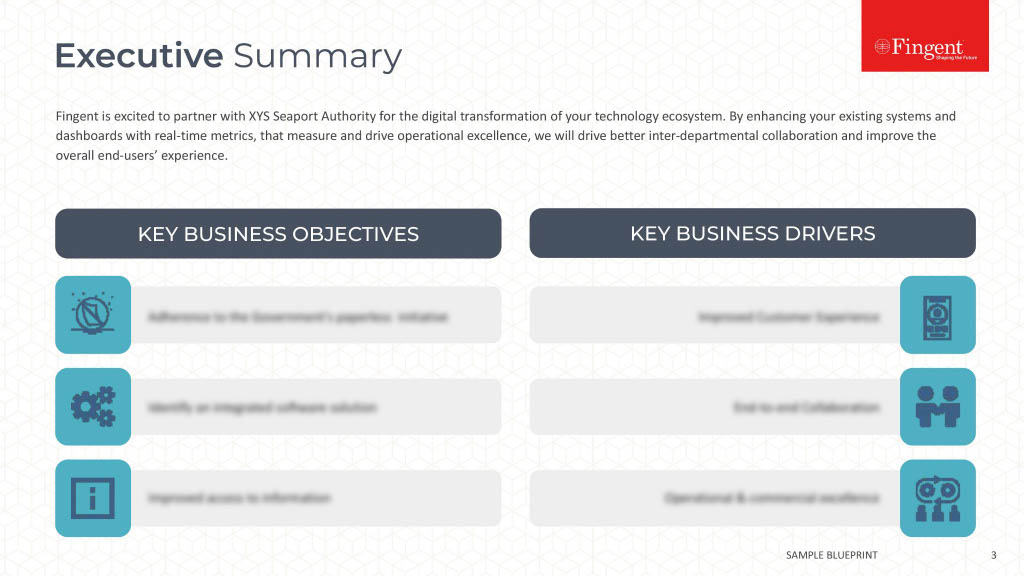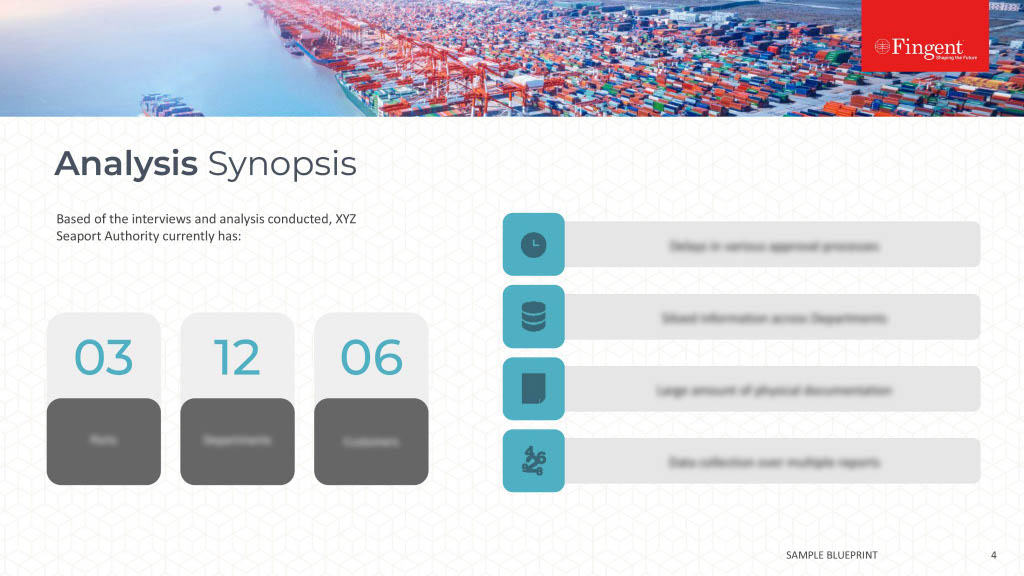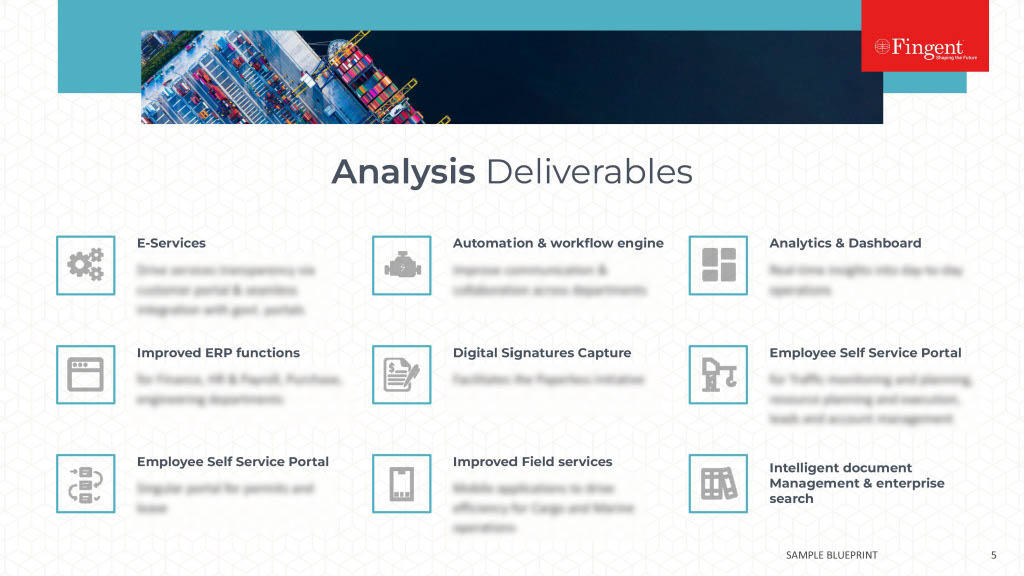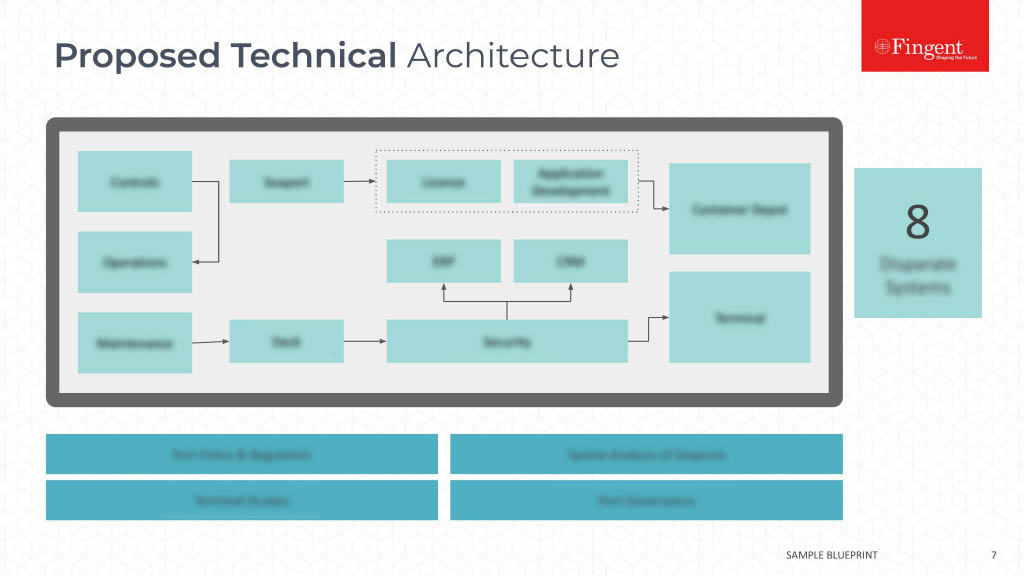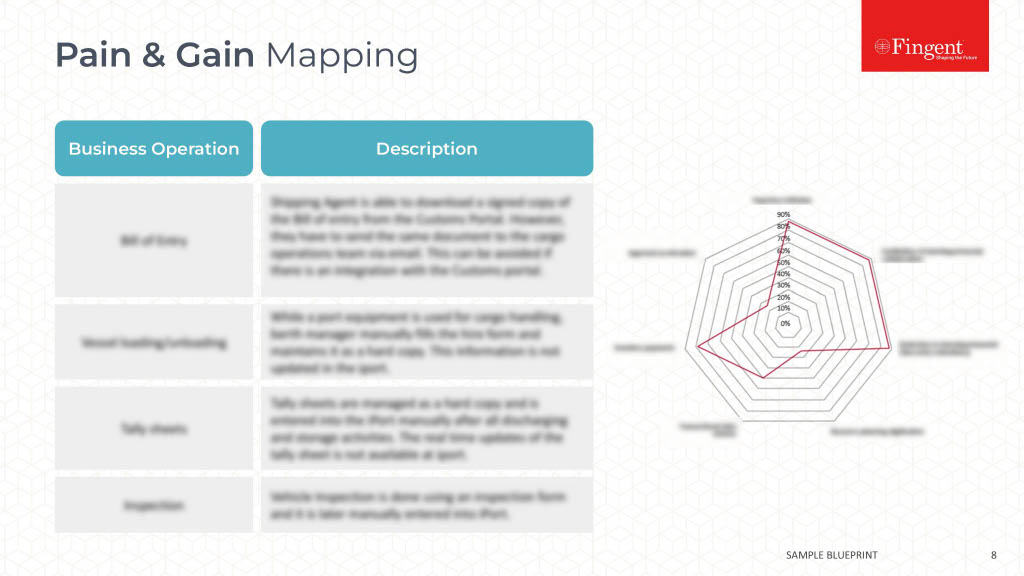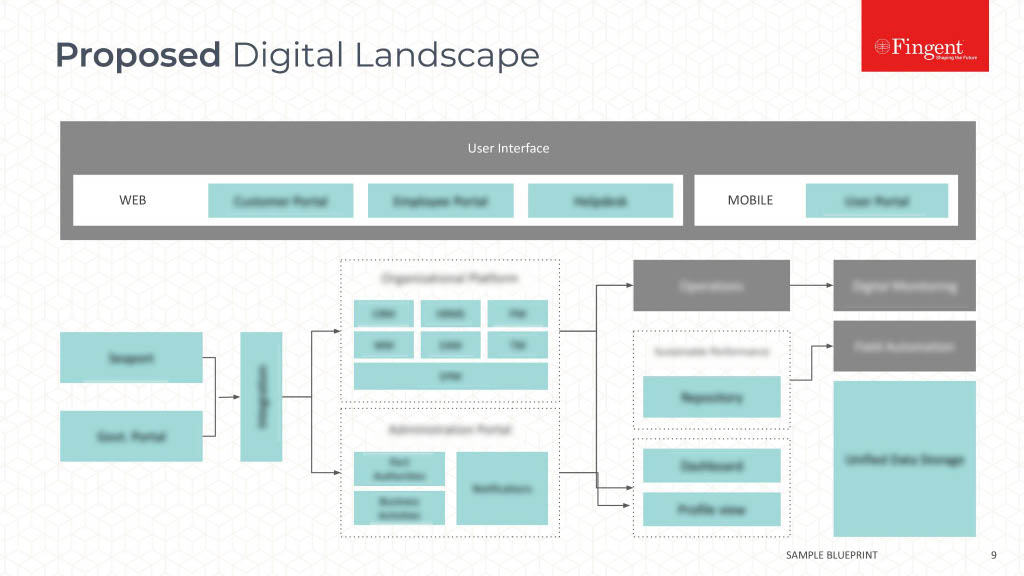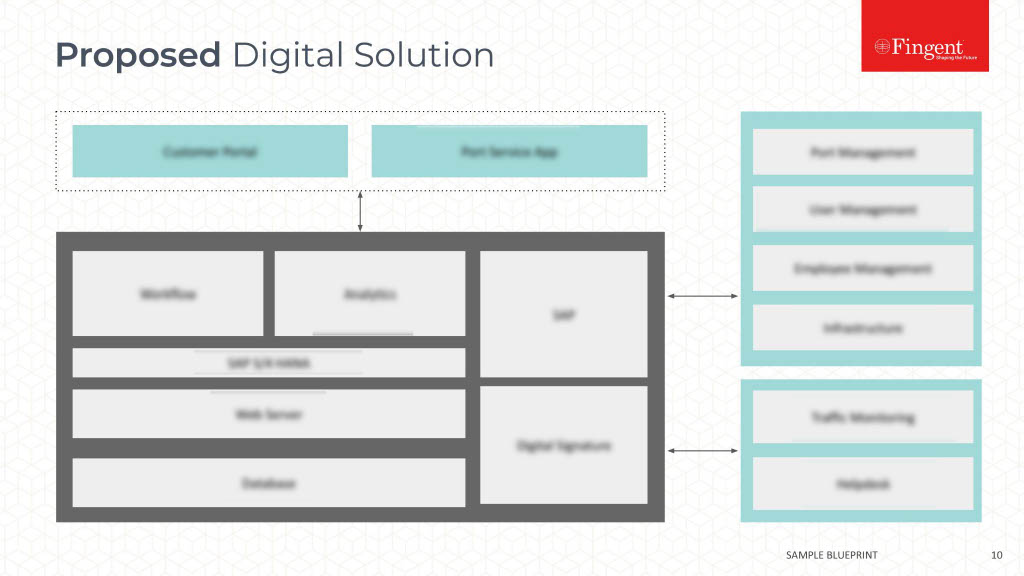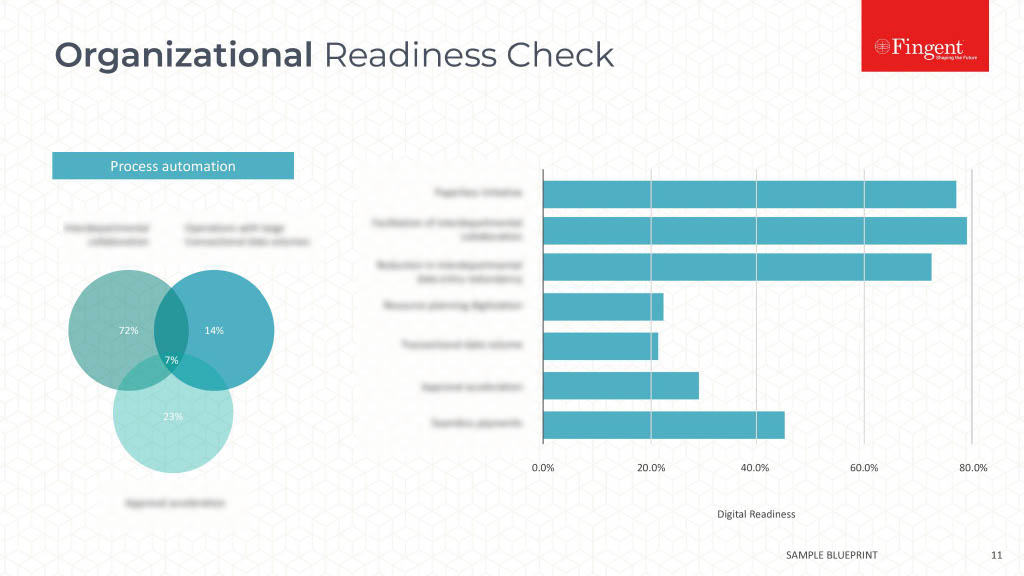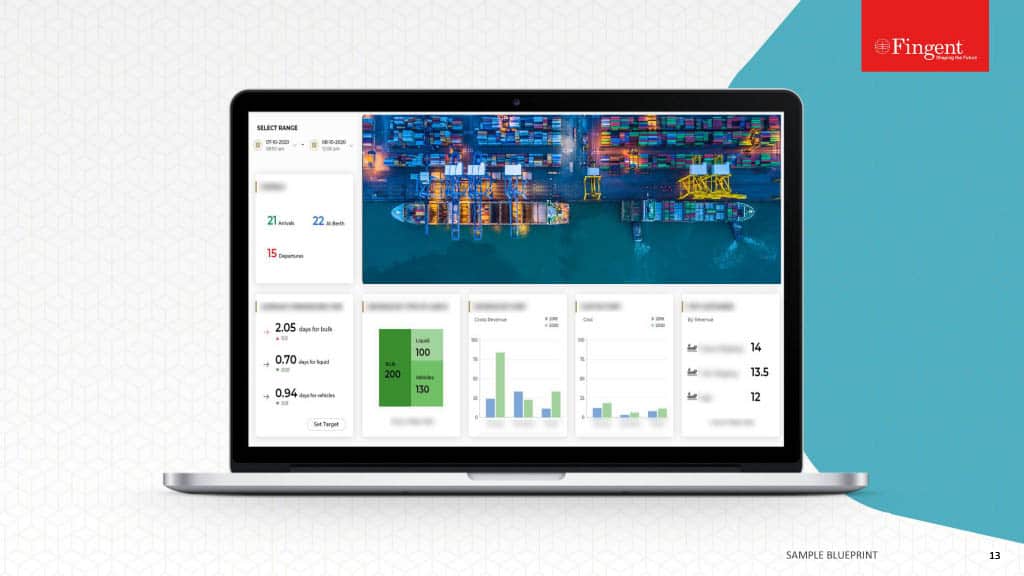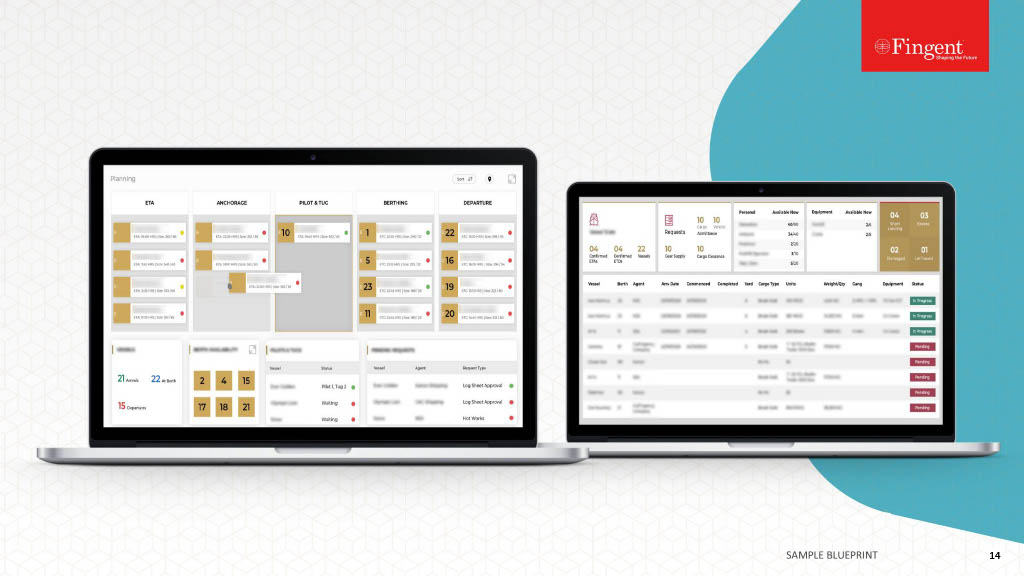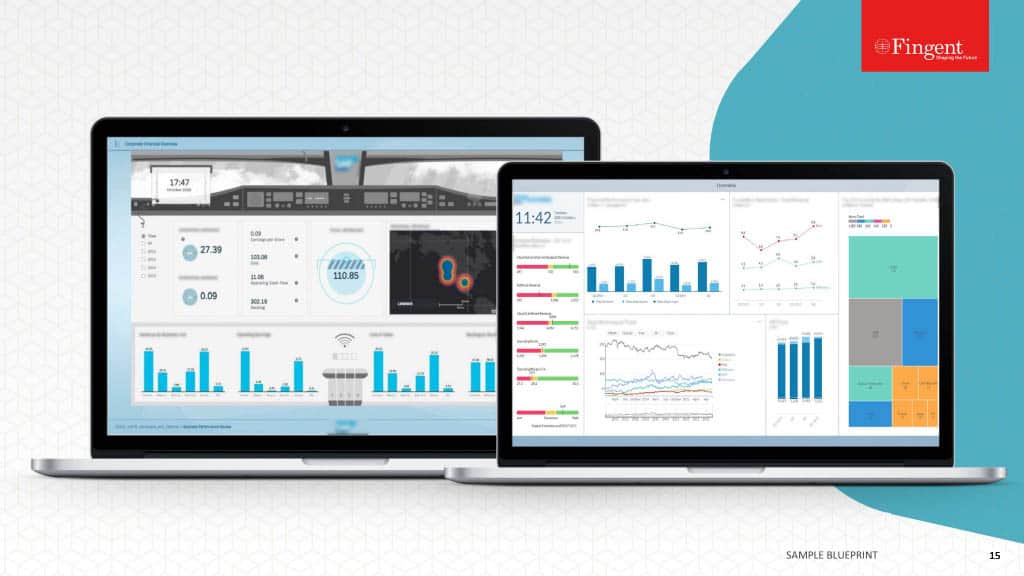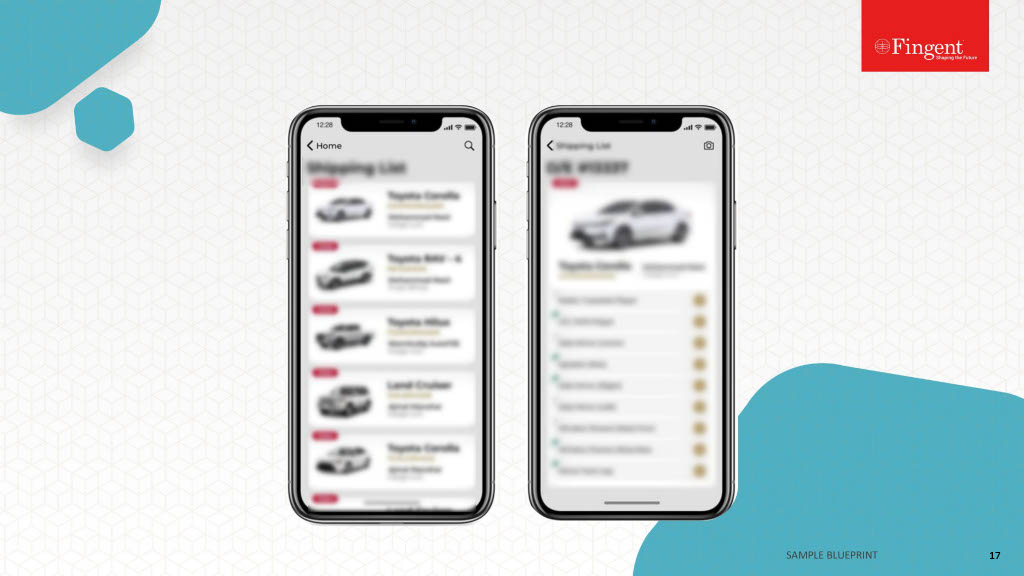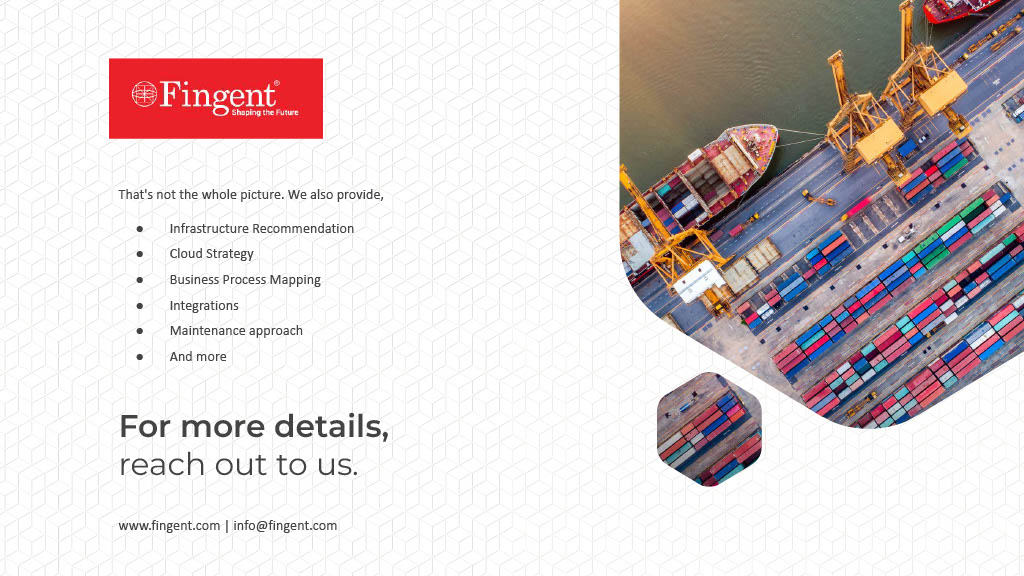Category: Digital Transformation
Low code/No code is becoming a fierce upcoming contender in today’s digital landscape. For one, its unique capabilities enable collaboration between business stakeholders and IT teams. And it allows for an unprecedented speed of innovation.
Before the pandemic, companies looked to a Low code/No code platform for its unique benefits. Today though, the COVID-19 pandemic has amplified the importance of low code in remote development.
This article will explain what is Low code/No code development with SAP BTP, and will also discuss how it is changing the future of enterprise resilience.
Read more: Rise with SAP – How Fingent Can Help Explore Business Transformation as a Service (BTaaS)
What is Low Code/No Code Development with SAP BTP
Studies confirm the that market landscape for Low code/No code development technologies will remain on a strong trajectory into the future. We can be confident that more organizations will turn to low code platforms to support innovation and digital transformation.
Low code/No code is a software development approach. It enables the delivery of applications faster with little or no coding. Low code/No code platforms are a collection of tools. They enable the visual development of applications via modeling and graphical interface instead of extensive coding languages.
The term “Low code/No code” is a modern alternative for RAD tools (Rapid Application Development). Today, Low code/No code is especially advantageous for enterprises that are looking for ways to streamline all organizational operations such as procurement, production scheduling, customer data, and order processing without the complication of hand-coding.
These tools empower developers to speed up the process of getting an application to production. All without hand coding! These platforms are a fast and easy alternative to traditional software development. Both professional and non-professional developers (citizen developers) can use Low code/No code platforms to develop apps of varying complexities.
Low code/No code development with SAP BTP (Business Technology Platform) empowers non-IT professionals to develop and launch apps with little or no input from IT. This reduces the IT talent gap. It enables transformation in the development and expansion of organizational capabilities.
Low code/No code platforms are built on Platform-as-a-Service cloud environments. This means it employs visual programming interfaces to solve business problems faster. The best part of it is that it does not require deep technical knowledge as it has a simple drag and drop interface.
However, Low code/No code is not just about the user interface. SAP considered this fact while shaping a part of the SAP BTP strategy. Developers and business experts are no longer limited as they are now empowered with integrated Low code/No code automation tools such as SAP Intelligent Robotic Process Automation SAP Business Application studio and more. These tools enable developers to build Intelligent Enterprises.
Read more: A Complete Guide On Software Product Development Stages And Life Cycle
How Low Code/No Code Is Turning The Future Of Enterprise Resilience
The COVID-19 pandemic has propelled the adoption of digital technologies. The goal of these technologies is to allocate human resources wisely to empower the end-user. Low code/No code is faster and more efficient. It frees up professional developers’ or citizen developers’ time for more complex activities.
Most importantly, Low code/No code builds systemic resiliency and responsiveness into the daily functioning of an enterprise. As enterprises aim to become more future-proof, they see Low code/No code as an immediate and effective opportunity.
According to Gartner’s prediction, by the end of 2025, half of all new Low code clients will come from business buyers that are outside IT organizations. Commenting on pricing, Mr. Biscotti said, “Low code capabilities that support remote work function, such as digital forms and workflow automation, will be offered with more elastic pricing since they will be required to keep the lights running.” Given the benefits and the affordability, the Low code/No code market will see commensurate growth.
How does SAP’s Low code development become the future of enterprise resilience? Please consider the following:
1. SAP offers the necessary sophistication to address complex business processes
SAP users often manage processes that involve a large number of applications linked to a single business process. Plus, a business may need an app that can handle complex tasks such as creating work orders offline for field crews. Low code/No code with SAP gives developers the ability to extend their functionality and solve any business problems.
2. Helps in streamlining work and allow employees to work more efficiently
Low code/No code development with SAP is much easier. Hence, it allows developers to manage repetitive tasks and focus on complex activities. Also, it enables them to focus on best practices across their organization to optimize processes and innovate. Thus, it streamlines work, allowing employees to work more efficiently regardless of their location.
3. SAP Low code reduces technical debt
Most organizations that are adopting digital transformation are discovering that they have large amounts of technical debt. This stands in the way of modernization and optimal user experience. Unfortunately, in some cases, the cost of legacy code exceeds its value-creating a debt.
On the other hand, Low code/No code platforms are designed to avoid technical debt. SAP Low code platform enables your team to discover customizations, estimate the cost of modernizing them and then transform them into custom objects on the Low code/No code platform. Furthermore, the right Low code/No code platform will make it simpler to maintain and simplify future upgrades and migrations.
Read more: Answering the Critical Questions Asked by Business Leaders Today on Digital Transformation!
4. SAP Low code can help your business scale
One of the most important aspects of resilience is the ability to scale as needed. While it is true that hand-coding development will lock in and not allow your business to scale, it isn’t so with SAP Low code.
Because Low code/No code development solutions use open-source standards, they allow you to export your raw source code and adapt it as required. Additionally, cloud-based platforms provide virtually unlimited scalability.
Look To A Resilient Future With Low Code/No Code
SAP BTP is in a unique position to assist many organizations to implement digital transformation. It can help businesses achieve significant productivity gains and improve forecast planning. Looking to the future, the digital landscape is changing.
Enterprises must continue to evolve on their mission for greater speed and agility. SAP Low code/No code platform creates a unified, business-centric, open platform for an Intelligent Enterprise. You can count on SAP for future-proofed resilience. As an SAP Silver partner, Fingent top custom software development company is uniquely positioned to open up all the benefits of its features in a way that is tailored for your business. Give us a call and let’s get talking.
Stay up to date on what's new

Featured Blogs
Stay up to date on
what's new



Talk To Our Experts
Digital transformation is pervasive. It is hard but absolutely crucial. Enterprises need to transform their traditional business or risk sure failure. As new players emerge and disrupt established businesses, you will need a fundamental transformation of your core processes to remain competitive.
This may come with its share of worries though. Some of these dilemmas are obvious and quite common. They can be categorized into five major sections: productivity dilemma, value dilemma, ethical dilemma, leadership dilemma, and the human dilemma.
The right approach to these dilemmas is not taking absolute positioning with one of the concepts. Instead, a combination of the two concepts will bring the most value to your business and your clients.
This compromise or combination is not a one size fits all solution. Each organization must figure out where the right compromise is for its business. Wherever you position yourself between the concepts, know that it will have a significant impact on your business.
Given the high stakes involved, digital transformation can be an anxiety-inducing term. Digital transformation can be especially challenging for enterprises with hundreds of employees, assets worth billions, and established business models. In our experience at Fingent, answering these questions greatly increases your organizations’ chances of getting your digital transformation right.
1. What does Digital Transformation really mean?
Digital transformation involves two parts:
- Transforming to digital: This is about using digital technology as a destination. Simply put, it is reorienting your organization to the strategic use of digital technologies. These technologies may include social networks, cloud platforms, products, and so on.
- Transforming digitally: This is about changing how you take the actual digital journey. In other words, this is about using digital technologies to change the nature of your business transformation.
We have found that the organizations that have implemented both aspects are reaping huge rewards than those that are using just one.
Read more: All You Need to Know About Digitization, Digitalization, and Digital Transformation
2. Where should I begin with Digital Transformation?
Because digital transformation affects so many aspects of organizational operations and customer behavior, it can be difficult to know where to begin. Hence, business leaders need to review the core elements of the business affected by the change.
Here is what you can do: Systematically work through the elements and rank each one by its possible impact and feasibility. Doing so will provide a clearer vision of how your business landscape is changing. It also helps you think through the implications of your business.
3. How to identify which customer journey matters the most?
Every business is aware of its own priorities. For most businesses, their first priority is to use digital technologies to connect internal resources to create a more compelling customer experience.
Focusing on individual interactions with your brand helps ground the transformation by optimizing the customer journey. This helps your organization to identify which technology, process, and capability are needed to deliver a great experience.
Here is what you can do: Map out the customer journey from start to finish. Then, focus on how you can make each touchpoint better, faster, and more efficient. This may require adjusting key performance indicators to track and reward progress on customer journeys.
4. What is the biggest impediment to Digital Transformation?
Lack of collective thinking can be a huge barrier that can block your journey to digital transformation. This happens when there is no up-to-date strategic view of who is responsible for progress and how technology should add value to your business.
Here is what you can do: Provide visible CEO support to build momentum. This would require a clear mandate on things to do, sufficient resources to develop a program, and profit-loss accountability.
5. Is it necessary to ‘Test and Learn’?
Successful organizations iterate until they get it right! Constant testing will help them deliver what customers want and understand why they want it. This approach will prevent organizations from getting caught up in overly deterministic specifications, needless market research, and ineffective long planning cycles.
Here is what you can do to ensure that your ‘test and learn’ is effective: Constantly review the actions of your teams. Also, review the investments against data on all areas of customers’ journey. This will help in increasing incremental sales.
Read more: A Detailed Guide to Understanding Digital Business Transformation
6. How do I know what is the right Budgetary Cycle?
An insufficient budgetary cycle can hamper digital transformation efforts. A flexible budgetary cycle will always be the most effective one, so your investment should be linked to progress.
Here is what you can do: You need not hesitate to pull the plug if key performance indicators fail. On the other hand, you must also be ready to quickly pump in more funding if the performance justifies it.
7. What are the benefits of a Challenger Board?
Remember not all ideas are brilliant. A ‘challenger board’ can ensure that a bad idea does not squander all your resources.
Here is what you can do: Choose people who know your business inside out to form your ‘challenger board.’ Based on their experience and outsider perspective, these experts can quickly uncover problems and identify opportunities for business disruption.
As a second option, you could set up a dedicated advisory board. They can help a company guide its organization through digital transformation.
Read more: Future Proof Your Business With 5G, Edge Computing, And Cloud!
How Can Fingent Help In Your Approach To Digital Transformation?
If your primary concern is speed to market and ongoing work agility, rest assured, Fingent top custom software development company, is here to help you. We are experts in AEC, an acronym that stands for Agility, Engagement, and Connectivity.
- Agility: Fingent will enable you to build and implement applications quickly.
- Engagement: Our experts at Fingent can prove appropriate application user experiences for each worker.
- Connectivity: We will make it easy for you to integrate your business with external systems and data sources.
Together with new cloud-based deployment, we at Fingent extend strong support for model-driven organizations. We will help you break through the inevitable barriers and increase your chances of achieving a successful digital transformation. Call us!
Stay up to date on what's new

Featured Blogs
Stay up to date on
what's new



Talk To Our Experts
The entire world is grappling with the scare of the COVID-19 pandemic. Given the uncertainty of the pandemic, Human Resources departments across the globe went into overdrive to map out all possibilities that employees would undergo. Previously, HR departments were concerned with compensation, compliance, and benefits. However, with changing times, their role as HR professionals evolved. Today they are supporting the greatest assets of their company: Employees!
Beyond hiring and growth, HR professionals are now seen as strategic partners for every department within an organization. The resilience of an organization and its people depends on the strength of the HR department. It plays a vital role in boosting the economy. HR professionals cushion the sudden shift in workplace culture and equip the team for the future of work.
The pandemic has suddenly brought in industrial shifts. Understanding these shifts is the key that helps in keeping pace with the rapid developments across the organization. That is why HR professionals are called the pulse of any organization. However, this is not easy as they face several challenges.
Read more: Why Develop a Custom Platform for Remote Employee Hiring and Onboarding?
HR Professionals Face Increasing Challenges
In a remote work setting, technology continues to have a direct impact on the day-to-day work of employees. So, HR leaders must plan their technology investments more carefully than ever before.
Additionally, HR professionals may face challenges from their employers and employees whom they serve. Hence, HR personnel must identify upcoming challenges. This will help them to use technology to facilitate more informed decisions faster. Here are a few challenges:
1. Recruiting and retaining employees
Employers must hire candidates with an appropriate degree, skills, and experience. Plus, these candidates must be a good fit with the organizational culture. Once a candidate is hired it is important to retain the best worker through a successful employee engagement approach.
2. Bridging the gap between the employer and the employee
It is important to ensure that a qualified candidate does not slip through the cracks. This job needs to be thorough, requiring HR professionals’ full attention. This is also time-sensitive because the talent could be easily snatched by a competition.
Hence HR professionals need technology that can streamline the process of job postings, interview scheduling, hiring workflows for more efficient results. It should also improve accuracy and save the time of HR and applicants alike.
3. Pressured for faster decision-making
Most companies rely on data to make key operational decisions. To make informed decisions they must identify areas of exposure to and devise effective solutions. The pandemic showed us all that the work environment can change suddenly without warning. Hence, HR professionals need to have new information at their fingertips to predict the effect of change on their organization and make needed changes quickly to ensure the survival of their company.
Read more: Top 5 Organizational Imperatives for Business Leaders to Become Winners in the New Normal
Must-Have Technology Trends for the Efficient Functioning of an HR Department
Some technologies have emerged as a response to the pandemic. Even so, these may continue to be long-term shifts in the current and future workplace. These new technologies may help an organization stay resilient and better equipped to adapt to future crises.
1. Cloud talent management
Nowadays, HR professionals depend on multiple solutions to automate hiring, onboarding, performance evaluation, and more. Cloud-based HR tools give all members of the team access to relevant workplace data at any given time.
Cloud talent management reduces the risk of human error while processing data. It promotes collaboration within the team and saves time and money. It is also more flexible and easier to update, unlike the dispersed toolkit.
2. Geared up for remote work
The organization must ensure their remote employees working from various locations and time zones have the same learning opportunities. The latest HR technologies have a variety of products that improve remote work.
3. Increased focus on data security
Increased reliance on cloud technologies will need increased measures to protect sensitive data. The latest HR technology trends focus on security and push organizations to implement new procedures.
4. Self-service tools for employees
HR professionals are overworked as they are the employees’ go-to for workplace updates and any other information. With these additional responsibilities, some of this data can be made available to the employee via self-service tools.
These tools can increase administrative efficiency and improve transparency. They can provide real-time updates for all employees. It boosts team morale while reducing burnout.
Read more: It’s Time To Transform Your Business For The New Digital Age – Rise With SAP
How Can Fingent Help Adapt Better To The Rising Changes And Prepare HR For The Future?
Fingent top software development company, can not only change the way your organization is built but the way it runs as well. We can help you change work behaviors for the better. Your HR professionals do not have to be overwhelmed by repetitive administrative tasks.
Fingent can help you adapt better to rising changes. We can help you cut through the complexity of HR technology. Fingent’s customized solutions can help you scale up your core business strategies and focus on your most valuable asset – your employees. That is why our Fingent mantra is ‘locate and lock right talent.’
We understand that your workforce is the backbone of your organization. We will use our in-depth expertise, robust data analysis, and customized solutions to help you align your people, performance, and business values. Fingent’s people development platform Skill Lake is specifically designed to “build a holistic learning culture that goes beyond functional skills, speed up onboarding, and facilitate the on-the-job application of learning concepts.”
Check out the most unique people development platform – Skill Lake!
MUSA is another of Fingent’s brilliant solutions to help streamline and optimize HR and Talent Management tasks. Here is a bit about it:
Why was MUSA required?
Fingent realized that the PeopleOps team was overworked with several mundane jobs. That led to the development of AI-powered virtual assistants. This automated FAQs and improved the efficiency of HR teams.
What was the result?
The virtual assistant improved the HR team’s response time by providing instant and accurate responses to common queries. Thus, it relieved the HR team by minimizing their workload helping them to give adequate attention to the most important asset of an organization, their workforce.
Keep Up With Transforming Behaviors
Last year or so has seen the world change rapidly. This change may seem temporary. But here is a word of caution! This will spark a behavior pattern that will permanently transform the future of work. HR professionals must adapt accordingly to meet these changes. Fingent is confident that these and more HR tech trends will empower the transformation of the future of HR and talent management. Call us today and allow us to help shape the future of your HR function.
Stay up to date on what's new

Featured Blogs
Stay up to date on
what's new



Talk To Our Experts
While Augmented Reality(AR) and Virtual Reality (VR) have existed for quite some time, it has only recently had a revolutionary influence on the corporate sector. However, in the next few years, both AR and VR will compel every business to leverage it in some form to drive growth. According to Statista, the AR-VR market will grow up to $209 billion by 2022 worldwide. Additionally, the report states that the AR and VR application downloads are expected to reach 5.5 billion by next year.
A recent study suggests that consumers are more likely to buy from a brand that leverages immersive technologies to market themselves. AR and VR technologies help customers explore virtual showrooms, touch, feel and experience products and completely transform the shopping experience. From a 360-degree catalog to an engaging digital experience, both AR and VR technologies can help shoppers to immerse themselves into the Ecommerce experience and at the same time accelerate sales and drive growth.
Read more: Augmented Reality, Virtual Reality, and Mixed Reality Detailed with Real-life Examples
Benefits of AR and VR
According to reports, about 78.65% of shoppers abandon their carts before completing their purchase. This shows the need for new ways to persuade customers to go ahead with the items in their carts and make the payment. Also, the pandemic has changed the customer behavior towards Ecommerce immensely, and customers now want to interact with your products digitally before visiting your store.
Sephora, IKEA, and MOSCOT are a few Ecommerce brands already using AR and VR to help convert prospective customers to clients.
Here are a few benefits!
1. Reduce friction in the online buyer journey
While the pandemic has accelerated Ecommerce adoption, some friction in the online buyer journey still exists. AR and VR help reduce that friction. Both AR and VR technologies enable consumers to find products quickly and try them on before purchasing them. Customers can also use the VTO technology to find answers to their queries without speaking to the customer service team.
Put simply, these immersive technologies disrupt customer experience completely and help convert a prospect to a client.
2. Improves digital marketing efforts
Facebook is piloting AR Ecommerce ads, and Google plans to incorporate AR product images into both paid and organic search results. Going ahead, AR and VR may improve the online marketing efforts of businesses.
3. Reduce returns
The ‘try-before-you-buy’ ability of AR and VR technology gives shoppers the chance to visualize a product and even try it on virtually, making them more confident in their purchasing decision. This eliminates the need to buy several versions of the same product and thus helps reduce returns, especially in the fashion industry.
Read more: What are 3D Web Configurators? How do they Boost Ecommerce Sales and Drive Customer Satisfaction?
Top 6 Ecommerce AR-VR Trends for 2024
1. Virtual Showrooms
Virtual stores are going to change the way people shop. A virtual showroom converts an empty room into a digital one completely and helps customers explore a variety of products. VR glasses allow customers to view distinct products along with their characteristics just as they would in a physical store.
For example, Kia, an automotive brand, is already taking advantage of VR’s benefits in its Ecommerce. Their customers can go through different car models virtually and choose a car easily. In addition, Kia allows their prospective clients to drive their dream cars on a 1-1 scale.
2. Virtual ‘try-on’
By 2024, it is estimated that a vast majority of Ecommerce stores will incorporate more virtual try-on technologies. This will help customers with what they’re buying. For example, the AR-embedded mirrors enable customers to ‘try on’ their desired clothes or shoes without actually wearing them.
While the virtual try-on solutions are popular in clothing and shoe stores, it is now available for furniture, makeup, eyeglasses, and accessories.
3. In-store Navigation
Augmented Reality makes it possible for customers to easily tour a shopping mall and find what they have been looking for exactly. In-store navigation powered by AR mostly comes in the form of a mobile app. These apps leverage advanced programming language features such as Python try-catch to provide users with much more than just AR routing.
AR-driven apps can help shoppers find an optimized shopping route, show the desired product’s exact location, and even guide them to gifts and discounts sections. For example, Lowe, America’s leading home improvement brand, uses an in-store navigation app to help customers shop conveniently.
4. AR Filters
Many businesses are leveraging AR filters to help their customers visualize products and make informed purchase decisions. Customers can try on products such as sunglasses, makeup products, and more using AR filters.
Warby Parker Sunglasses Company and Sephora are using AR technology to win their customers. Sephora has developed a virtual assistant that uses facial recognition to help customers try on different colors of makeup.
5. VR for In-store Experience
With customer behavior shifting to online shopping, Ecommerce businesses must consider investing in VR to close the gap between traditional stores and online shopping. With 3-D products, customers can move around in a VR store, interact with friends and even ask a virtual staff member for support if need be.
6. Interactive User Manuals
In years to come, interactive user manuals will become the norm, especially for online stores that sell a steep learning curve of a coffee machine. Customers can simply scan the product and get access to a virtual walkthrough of the product and understand its features, set up process, and more.
Read more: How Top Brands Embrace Augmented Reality for Immersive Customer Experiences
Wrapping Up
From furniture, luxury cars to makeup, Augmented Reality and Virtual Reality have brought about tangible transformations. As they deliver real and measurable results to online brands, they are indeed here to stay!
As a professional software development company, we help you realize unique concepts and projects. With our VR and AR services, we help create unusual solutions for your business. Our cost-effective AR/VR apps enable businesses to boost operational efficiency and drive user engagement. As a result, our solutions help businesses unlock unique opportunities that scale business growth and efficiency.
Leverage AR/VR for your Ecommerce business today! Our team of custom software development experts at Fingent can create the best solution for you. Call us now!
Stay up to date on what's new

Featured Blogs
Stay up to date on
what's new



Talk To Our Experts
The “cloud” is a part of an evolution in IT services. IT services took the mainframe and turned it into the cloud. In the beginning, the on-premise IT department was the be-all and end-all. Over time, things have changed. There began a shift in service providers, service levels expectations, and experiences.
Businesses that leverage cloud capabilities uncover new possibilities and alternatives to fulfill the everchanging demands of their business. This is the time for businesses to think beyond cloud migration.
Most businesses see cloud adoption as the culmination of the journey. Instead, they must recognize that the cloud is a future-proofing continuum. A technology that provides flexible access to a collection of dynamic, ever-improving services.
The pandemic has hastened the cloud adoption pace so NOW is the opportunity to build on this momentum and continue transforming at this new pace. Why?
Why Do Businesses Need To Think Beyond Cloud Migration?
Soon, any app or infrastructure that is not based on the cloud will be considered a legacy. Cloud is no longer a mere technological approach for delivering applications. It will serve as a foundation for corporate innovation and a sustainable supply chain.
When organizations employ the cloud as a future operating model, they set up a technological base that will assist them today and into the future. The cloud continuum includes various forms of ownership and location. All these are dynamically enabled by next-generation connectivity like 5G.
Cloud continuum helps businesses visualize a path from on-premises to cloud migration. Businesses can apply the continuum concepts throughout their technology stack. This includes everything from infrastructure to network to apps, and beyond.
Read on to find out how cloud continuum strategy can help your business realize its full potential.
Read more: Cloud Security Best Practices | Why is cloud security important?
How Cloud Continuum Strategy Can Help Businesses Realize Their Potential
The cloud continuum is made up of several technologies. Setting clear priorities will support all elements of the business and this will help all in your organization to move together towards your business objectives.
- Achieve best possible results: The cloud continuum strategy enables companies to collect incremental feedback. Such feedback will help businesses adjust their aims to obtain the best possible results. This way they can constantly align their objectives.
- A catalyst to accelerate innovation: The cloud continuum is a readymade strategy. It helps organizations improve decision-making and capitalize on new possibilities to disrupt and distinguish through accelerated innovation. It is a new-age innovation accelerator essential for increased agility and future-ready business advantage.
- Elevate customer experience: Businesses can elevate customer experience to the next level with the cloud continuum.
- Enhanced skill and talent: The cloud continuum strategy will contribute to an efficient and effective work environment. It addresses gaps and continuously adapts to change as a continuum best practice.
- Manage scale awareness: The cloud continuum addresses the challenges an organization faces with regard to computing, performance, and latency limits.
- Improves ecosystem network effect: Improvement of network ecosystem depends on the number of ecosystem personnel and their engagement. The more value drivers you have, the better is quantity and quality of the participants.
Read more: Improve Business Planning with SAP Analytics Cloud!
Keys To Unlocking The Potential Of The Cloud Continuum
Holistic and human-centric cloud continuum strategy depends on speed and change. You need agile techniques that can capitalize on continuous enhancements. Here are four keys that will help you unlock the potential of the cloud continuum:
1. Have a clear vision of your goal
Your cloud continuum strategy must address:
Vision: Establish future goals for a resilient and sustainable business. Also, devise a strategy for technical debt reduction.
Competitive landscape: Every organization has weaknesses and vulnerabilities that a competition seeks to take advantage of. Hence, identify any gaps in the supply chain and competitive ecosystem.
Skills and talents continuum: To achieve your business goals in the future, you need to locate and retain relevant skills and expertise today. The foundation you build today will enable you to define your pathway and help you win the talent war.
2. Establish cloud practices
Be agile and adaptive: Make sure you combine technology adoption with strict discipline. This will allow you to modify your non-technology areas as computational advances. Doing so will help you steer ahead of your competition.
Incorporate mobility into the creation of new processes. This will allow for more flexibility in the future.
3. Deliver extraordinary experiences
Recognize that experience is at the heart of your business: Customer experience and employee experience can be a gamechanger for your business. Hence, ensure to make your investments available and accessible to both your employees and customers.
4. Stick to your cloud continuum strategy
Stay on your business journey by sticking to your strategy: You may face several challenges in helping various departments in your organization to understand and stick to your cloud continuum strategy. However, do not give up on your strategy. Educate and encourage everyone in your organization to comprehend and comply with the strategy.
Do you still feel unsure? Here are some use cases that will help you see how some major organizations were reinvented on the cloud continuum.
Read more: Cloud Migration Strategy: 7 Steps to Accomplish a Flawless Transition
How Organizations Are Being Reinvented On The Cloud Continuum
3M
During the pandemic, 3M plants struggled to gather, transfer, and use the data from their production systems. The organization then pushed the data from the plant’s on-premises SQL Server to Azure SQL Edge. This enabled a faster and more streamlined process. By the end of 2020, 3M was able to double its production of N95 masks.
Sephora
Sephora uses AI and AR to provide extraordinary experiences to all its customers.
Starbucks
Starbucks is well-positioned in the cloud continuum. It continues to innovate and grow despite socio-economic upheavals. It was able to stay ahead of its competition because it collects feedback and adapts its goals continuously.
It also ensures to provide a personalized experience for 100 million weekly customers by creating AI-driven recommendations.
Are You Ready For The Cloud Continuum?
The past year has been a witness to how fast an organization can pivot in the face of a crisis. Now is the golden opportunity to unlock your business potential with the cloud continuum. You too can stay ahead of your pack by becoming a continuum competitor. Partner with Fingent top custom software development company and see for yourself how your business will be transformed to be faster, more agile, and more successful. Let’s get talking!
Stay up to date on what's new

Featured Blogs
Stay up to date on
what's new



Talk To Our Experts
2020 has proved beyond doubt that technology partnership is an essential element in the creation of a successful business. Sticking to a DIY strategy may sound good in the wake of economic upheaval. But honestly, no business wants to “just survive.” Every business in every sector wants to thrive and stay relevant despite the challenges.
In recent times, technology keeps changing far too quickly. Missing the first door of opportunity may mean greatly diminished market potential. On the contrary, partnering with a technology company offers the quickest way to ensure an impactful presence in your market segment.
Do you own a business? Or are you an entrepreneur with multiple companies? Is the concept of a “technology partner” too abstract for you? If so, we are here to help you understand why partnering with a reliable tech company is the need of the hour. Here’s also highlighting the benefits of such a partnership.
Read more: Technology Investments: How to gain maximum value?
Why is Partnering with Tech Companies the Need of the Hour?
Most businesses around the world are recovering from pandemic-related economic hardship. Although this has scared many, it is clear that businesses need to become more ‘upheaval-ready.’ Partnering with a tech company can make your business ‘upheaval-ready’ while elevating your business. Let’s now consider specific reasons.
1. Apprehensive about future challenges?
During the pandemic, you may have had to adapt to new ways of doing business. There is a high probability that this change may not end here. The next few years may experience aftershocks due to health and safety standards and economic fallouts.
Thankfully, new technologies and new ways of using old technologies can help you meet your current and future business needs. What do you implement though and how in the world will you go about doing that? This is where partnering with a tech company can be a boon.
2. You need specific talent
Consider this scenario: you have new projects that require a specific skill set that your current team does not possess. On the other hand, it is also not the right time to hire. Plus, you do not have the time or resources to look for such talent.
Additionally, bringing in new talent that would require extensive training can be way more exhausting than it may seem. What is your best option? A tech partner! Your partner will be able to provide the needed skillset. This may prove to be more cost-effective and less exhausting than hiring and training a new candidate.
3. New technology seems painfully elusive
Do you feel that your competitors are pushing ahead with the latest technology while you can’t even begin to wrap your head around it? Are you anxious that your business will suffer if you do not adopt digital transformation immediately?
If so, worry no more! A partnership with a technology company is exactly what you need to give your business that edge that seems so elusive.
Read more: Why Software Development Outsourcing is a Smart Move Now?
Benefits Of Partnering with Technology Company
Collaboration is key to creativity – Walter Isaacson
Collaboration that brings in creativity and spearheads agility is what you need right now. Here are some direct and indirect benefits of tech partnership:
1. Provides a new set of eyes backed with experience
Does your business require multiple levels of testing and repeated proofreading and fact-checking stages? Do you occasionally require external evaluation to identify issues you cannot see immediately? Your tech partner can do all of these for you. Also, they may be able to provide unique solutions for your specific needs.
Allowing a tech partner to take care of these needs can free your time and resources to stay focused on what you do best.
2. Offers skillset and solutions as and when you need
Business suffers when problems go unidentified and unsolved. Partnering with the right tech company can help you identify and solve such issues before they snowball.
The best part of this partnership is that you can hire them on your terms. It can either be short-term or something that you do yearly.
3. Cost and labor savings
Cost and labor are major points of consideration in running a profitable business. Not all businesses can afford the latest tech advancements. There is no arguing however that organizations need the latest technology to run their business efficiently and cost-effectively.
A tech partner can help in managing communication and resource organization by eliminating manual processes. It can reset repetitive and simple data entry tasks that can consume precious time. Time saved is money saved!
4. Reduce risks
No business can afford a technology failure as it can pose a huge risk. A tech partner can insulate your organization from those risks.
5. Increased employee performance
Technology helps employees do their jobs more efficiently. You cannot afford to miss important compatibility and workflow improvement opportunities in this age. Your tech partner can help integrate your network to improve employee performance. This automatically leads to improved business performance.
6. Opportunity to expand your tech expertise
Not all businesses can afford technical expert knowledge in-house. Partnering with a tech company allows you to complement and broaden your organization’s existing technical expertise.
7. The partnership is more cost-effective
Paying employees 24/7, 365 days for IT support is expensive. It is cost-effective to outsource the IT support team. Partnering with a tech company can give you greater access to experienced tech support when you need it.
Read more: Understanding Managed Services for IT: Why it Matters?
Why Fingent Can Be Your Ideal Tech Partner
Fingent brings a wealth of technical expertise coupled with business experience to our partners. We draw on decades of engineering expertise to develop unique solutions for each of our clients.
At Fingent we maximize the potential of your business with tech expertise backed by sound business sense. We can empower you with the benefits that technology can offer to compete in a global arena.
Fingent has both the necessary certifications and experience you need. Our staff is diversified with specific tasks but is kept informed about each level of the project. We stay abreast of all technological advances.
We have worked with a wide range of clients and have the skills needed to partner with new industries. We believe that technology can enhance and enrich all walks of human existence.
Visionaries at Fingent, top custom software development company can help you reimagine the way you work. We can help kickstart your digital transformation journey to bring you into the future – a thriving and stable future. We are confident that you will appreciate all the strategies we create to help you. Give us a call and find out for yourself.
Stay up to date on what's new

Featured Blogs
Stay up to date on
what's new



Talk To Our Experts
DevOps is a fusion of development and operations that come together to form a technology that spreads rapidly throughout the technical community. The main objective of DevOps is to decrease the amount of time the company takes to deploy a program.
Before DevOps, most companies leveraged Agile methodology. However, it did not take care of the operations aspects and so gave rise to DevOps. In combination with Agile methodology, DevOps gave importance to communication between the development and operations team during all stages of the development cycle while developing software. This blog will take you briefly through why you need to consider DevOps and what are the upcoming trends in this technology.
Objectives of DevOps
The main goal of DevOps is to improve the collaboration between teams to;
- Improve the frequency of deployment
- Reduce time to market (TTM)
- Minimize the failure rate of new releases or productions
- Reduce the lead time between fixes
- Improve mean time to recovery
Read more: Test Automation In DevOps For Expediting Software Development
Statistics and Market Changes That Prove the Effectiveness of DevOps
DevOps includes different cross-functional teams such as business analysts, developers, QA practitioners, operations personnel, security specialists, suppliers, and partners. It not only helps seize the market opportunities quickly but also reduces time to include customer feedback. It also helps change and advances the relationship by improving the communication and collaboration between different business units. Here’s a look at a few statistics on how enterprises are driving efficiency using DevOps.
- 2x as likely as lower performers to achieve the goals across financial and non-financial measures.
- 46x more software deployments than their competitors
- 96x quicker recovery from failures
- 440x faster lead time for changes
- 96x faster recovery from failures
- Better customer satisfaction and operational efficiency
- DevOps teams spend about 21% less time resolving issues compared to traditional IT ops teams
- DevOps teams spend 33% more time improving infrastructure than traditional teams
- DevOps teams require 60% fewer teams per week to manage support cases than traditional teams
From shopping to banking to entertainment, every organization and industry is shifting towards accurate, practical software deployment and involves low maintenance costs. Additionally, emerging trends of AI and MI are steadily gaining momentum. Both technologies can process a large amount of data and perform menial tasks, help the IT staff do more targeted work, and help learn patterns, anticipate problems, and develop solutions.
Further, the adoption of agile frameworks and cloud technologies and the digitization of enterprises are some of the factors driving the market’s growth across the globe.
That said, with the penetration of IoT, DevOps is more in demand owing to the co-dependence of the hardware and the embedded software that runs on it. Moreover, Global Market Insights reports the DevOps Market size exceeded $4 billion in 2019 and expects to grow at over 20% CAGR between 2020 and 2026. So, if you don’t upgrade to DevOps, you are more likely to lose out on several opportunities that can help drive business growth.
Read more: DevOps: Building A New Culture Of Software Development And Delivery
DevOps Market Trends
1. Automation
The Puppet 2021 State of DevOps report revealed that highly evolved firms are more likely to have implemented extensive automation. The report also stated that 90% of respondents with highly developed DevOps practices reported that their teams had automated most repetitive tasks.
These initiatives will only continue to have more urgency in their adoption for enterprises that are yet to evolve fully. To make these initiatives work, teams will have to integrate Artificial Intelligence and Machine Learning alongside automation of the entire process. Incorporating machine learning into the delivery lifecycle helps enterprises to understand problems such as blockages or capacity issues. This information can be used to mitigate problems whenever they arise. In addition, the AI-based predictive analysis enables the DevOps pipeline to anticipate problems and provide potential solutions.
2. Application Performance Monitoring (APM) Software
APM software is essential as it helps provide rapid feedback to developers during deployments. It includes:
- Front-end monitoring- This helps observe the behavior and performance of user interactions.
- Application discovery, tracing, and diagnostics(ADTD) – This analyses the relation between the web and application servers, infrastructure, and microservices.
- AIOps-enabled analytics- This helps detect patterns, anomalies, and causality across the lifecycle.
APM plays a key role in minimizing the Mean Time to Repair (MTTR) and improving the user experience. APM capabilities help DevOps teams to understand the business processes better, provide insights into business operations, help with problem isolation and prioritization.
3. DevOps Security
Security is one of the most overlooked aspects of any organization. According to Gene Kim, DevOps researcher, for every 100 developers, there is only one security engineer.
However, with the pandemic changing many things and people working from home, more services are being run in the cloud, leading to more attacks. So, the way a developer writes the software and deploys it to its destination must be secure.
To get serious about prioritizing security for DevOps, you need to;
- Understand security goals
- Have proper cloud vulnerability scanners
- Secure the code with standard tests
4. Site Reliability Engineering (SRE) and DevOps
As per reports from Google Cloud’s 2021 Accelerate State of DevOps, SRE and DevOps will complement each other in years to come. SRE techniques such as service-level indicators will enhance the objectives of the DevOps team.
The report also indicates that teams who excel at modern practices are 1.4 times more likely to experience greater software delivery and operational performance than those who are less mature with operational practices. Such teams are also 1.8 times more likely to have better business outcomes.
5. The Rise of DevSecOps
As organizations embrace Kubernetes, serverless, and other cloud-based technologies, cloud-native security will become more critical. As a result, teams will need new tools and processes to protect assets making DevSecOps indispensable.
DevSecOps is a fusion of security and compliance testing into the development pipeline. It should:
- Integrate into the life cycle seamlessly
- Provide transparent results to the stakeholders
- Improve the agility of developers
- Help the teams to stay within their development environment
- Offer security protection at runtime
Read more: A Complete Guide On Software Product Development Stages And Life Cycle
Why Choose Fingent as Your DevOps Service Provider?
With robust DevOps services, Fingent top custom software development company, ensures rapid on-boarding of applications by automating the end-to-end delivery pipeline and facilitating continuous development and integration across leading cloud platforms. It provides faster time to market, increased efficiency, and reduced costs. Our DevOps solutions will help align your organization’s goals rapidly and reliably to ensure high-quality software-based products and services.
So, if you’re looking forward to deploying DevOps to improve your organization’s speed, agility, and gain a competitive advantage, then connect with our experts today!
Stay up to date on what's new

Featured Blogs
Stay up to date on
what's new



Talk To Our Experts
Extended Reality (XR), is an umbrella term that encompasses immersive technologies – AR, VR, and MR that merge the physical and virtual worlds. While XR technologies are still widely used for gaming, social media and entertainment, it is being implemented extensively in industries and supplementing humans in unimaginable ways. Experts believe that the XR market will grow from 33.0 billion dollars in 2021 to 125.2 billion dollars by 2026, at a CAGR of 30.6%. This blog will take you through the top 6 reasons why your business needs to implement the rising capabilities of Extended Reality!
What is Extended Reality?
When put simply, XR is reality tech that covers VR, AR, and MR to extend reality by merging the real and virtual worlds. Here’s a quick look at what VR, AR, and MR are!
- Augmented Reality(AR): AR connects the physical environment with the virtual world through tablets, smartphones, smart lenses, and AR glasses to augment real-life scenarios.
- Virtual Reality (VR): This technology merges the physical environment with the digital one to create a whole new virtual world. Virtual Reality headsets and head-mounted displays help provide immersive experiences of the digital world.
- Mixed Reality(MR): With the help of MR headsets, mixed reality brings together the virtual and the physical environments to deliver unique experiences.
The term Extended Reality first popped up in the 1960s, when Charles Wyckoff filed a patent for his silver-halide XR film. The film was intended for photographing bright light events such as nuclear explosions. More recently, XR has moved into the mainstream with a few enterprises leveraging it to launch applications aimed at extending the customer experience.
Read more: Augmented Reality, Virtual Reality, and Mixed Reality Detailed with Real-life Examples
Industries Transformed by Extended Reality
AR, VR, and MR are developing at a rapid rate and transforming the way businesses are operating, communicating, and collaborating. Here are some of the business industries that have undergone a drastic change with these technologies.
- Marketing and advertising
- Healthcare
- Education and training
- Manufacturing and engineering
- Real estate
- Retail
- Gaming
- Art
XR offers endless possibilities and so any field can benefit by leveraging XR into their business processes.
Reasons Why You Need to Leverage XR Technologies for Your Business
1. Cultivates brand awareness
With changing customer demands and fierce competition, it is getting difficult to attract potential customers. Simply launching new products and services is not enough if you want to grow your business.
XR technology helps deliver a unique experience for users, foster consumer loyalty, and build brand awareness. For example, Gucci offers AR-fueled apparel and accessories try-on app that encourages users to try their accessories before buying thereby providing a stand-alone experience for users.
XR technology not only helps capture the attention of your customers but also promotes a positive experience with the brand.
2. Better customer experience
Customer experience is important for the success of any marketing strategy. XR’s ability to deliver immersive experiences will help you connect with your customers better and establish deeper emotional connections. XR helps transport your customers to different places and even attend live events without leaving the comfort of their homes.
L’Oreal leveraged AR technology to help their customers ‘try’ skincare products before buying and saw its conversion rate triple.
Read more: How Is Extended Reality (XR) Impacting Customer Behavior
3. Increases customer engagement
As per a report by Deloitte, 90% of the companies are implementing AR and VR technology in their business. Another report reveals that 40% of customers are willing to pay more if they can experience it through Augmented Reality technology. Yet another report reveals that 58% of customers are more likely to buy a product if they have tried it out.
These statistics suggest that extended reality technology must be implemented in your business if you want to grow. XR allows customers to get detailed information and visualization about the products and services. It enables them to try out various products in various combinations and even test patterns and colors before purchasing them.
With XR technology, brands can increase engagement rate significantly and attract more customers and also provide them with a positive experience.
Read more: Augmented Reality Vs Virtual Reality – The Future Technology
4. Offers convenience
There’s no denying that online shopping is convenient and now with the pandemic forcing people to stay indoors most of the time, it is only becoming more popular. XR helps brands improve the shopping experience and also makes it less time-consuming. It helps consumers find what they are looking for faster and eliminate uncertainty from purchase decisions.
IKEA, for example, allows consumers to use their Place app and place a piece of furniture in their home using their phone. This improves the level of convenience, delivers a better customer experience, and eliminates any uncertainty before purchase.
5. Smarter Libraries
Data is the key to thrive today’s digital era. XR technologies place data in the context such that users can get better results.
For instance, you can use smart glasses to get a visual walkthrough to understand the true impact of the data collected instead of poring through spreadsheets and dashboard metrics for hours. XR technologies can help you make better and informed business decisions.
6. Create positive associations
Extended Reality provides brands with endless opportunities to create and implement emotional campaigns for their products. Based on the visual cues you include in your brand campaigns, you could encourage consumers to conclude your brand’s qualities.
XR helps connect with your audience in a way that activates their emotions and thus helps build a positive brand association. This will ensure consumers prefer your brand over others and establish loyalty. North Face, for example, launched an immersive VR experience of the Nepal landscape to its customers to identify with the brand’s identity.
Read more: Accelerating AR/VR Adoption Among Customers
Takeaway
Today, customers expect an intuitive experience from their brands and XR is becoming the new form of a conversation between brands and customers. Using immersive technologies, enterprises can nurture a culture of digital transformation and increase efficiency and profitability in the digital space.
Driven by immersive technologies, we at Fingent top software development company, can help your brand increase awareness, engagement, and conversion. We have systems in place to help support large-scale communication. If you have a project in mind, we can help convert it to reality. Call us today!
Stay up to date on what's new

Featured Blogs
Stay up to date on
what's new



Talk To Our Experts
A study by Havard Business Review reveals that one in every six projects costs over 200% of the estimated amount, and 70% of IT projects face delays. Despite the availability of flexible methodologies and multiple resources, companies are still struggling and wasting a lot of money every year to handle project management challenges.
While it is the project manager’s responsibility to ensure smooth working of all the processes, they are always loaded with tons of duties such as budgets, allocating resources, scheduling tasks, and more. Moreover, if there are several projects running, it can become overwhelming for the project manager to personally look into every collaboration happening in the business. This blog will take you through the major challenges faced in project management and how deploying Odoo technology can help you tackle these challenges and elevate your performance.
Read more: What’s New In Odoo 15: The Most Anticipated Upcoming Version Of Odoo
Challenges faced by the project managers
1. Lack of communication
According to Deloitte, 32% of professionals believe that communication is the biggest issue of project management. A transparent method of communication will help build credibility amongst your stakeholders and involve them in the process. Miscommunication can affect teamwork and even cause conflicts among team members, causing a delay in the project. To avoid these pitfalls, project managers can rely on collaborative and project management software available in the market.
2. Budgeting issues
Financial issues are one of the biggest hurdles of effective project management. Managers can avoid complications a project may likely face by efficient cost management and achieving quicker results.
3. Lack of clarity on goals and success
According to a study, 39% of projects fail due to a lack of project planning and defined goals. Hence, It is vital to set clear goals for the success of any project. Additionally, a project manager needs to set up milestones and quality tests to quantify the progress of a project. A predefined set of objectives and goals will help project managers defend their vision before the upper management and customers.
4. Scope creep
Scope creep, also known as requirement creep or even feature creep, refers to how a project’s requirements increase over a project’s life cycle. While scope creep can be beneficial in some cases, it can also have a negative impact on your business. Clients who have vague requirements and don’t know what exactly they want can be challenging for both managers and the project team.
5. Inadequate risk management
Typically, projects have several variables that create many possibilities and rarely go exactly the way it was planned. Not having the foresight to identify any critical situations or making up contingency plans can be a significant setback for any project. All these challenges demand the interplay of intuitive project management software to ensure real-time tracking and organizing of projects. Over 90% of high-performing companies are switching to project management applications to complete their projects professionally. Project management software helps automate time-consuming tasks and manage a large team of professionals working within. Additionally, the software can also help businesses put data straight and accomplish remarkable results without any delays.
Though you can find wide choices of project management tools in the market, you will have to pick the application that suits your business workflow. Make sure that the chosen project management software for your business includes the following features.
- Project Planning and Scheduling
- Project Budgeting
- Team Collaboration
- Time Tracking
- Reporting
While the project management tool may offer several other features too, the above said are essential for any project management. A perfect solution to all project management-related problems is Odoo. Whether you want to add tasks/subtasks under a project or assign tasks to your team members, Odoo helps you achieve it seamlessly.
Read more: How Odoo ERP Helps Leverage Business Intelligence and Data Analytics
Benefits of Odoo’s Project Management Module
1. Mobile friendly
Odoo can be installed on a mobile phone, making it easy to use while on the go. Given the pandemic situation, this feature is a boon. It allows team members and the managers to remain connected and track the projects from anywhere. That said, the Odoo project module allows you to get a large screen view along with a chatter facility using computers.
2. Customizable
Odoo allows you to customize your projects easily. From renaming projects to rescheduling stages, the Odoo module enables you to achieve it hassle-free. Additionally, its Filters and Groups features help you track the projects and tasks.
3. User-friendly
Odoo is highly user-friendly and provides a Kanban view to have a quick glance at the projects based on the tasks and stages. For example, to check the time and deadline, you can use the Gantt Chart, Graphic, and Pivot view.
4. Enhanced communication support
With Odoo, you can integrate email and use your email alias. This feature allows managers or customers to automatically create a task by simply sending emails to the specified alias. All those who receive the communication will become a part of the task. Additionally, it supports sending alerts to customers based on the activities. Odoo project also allows you to chat with the team members by just clicking on the team member’s image. It not only saves time but helps collect in real-time.
5. Improved customer management
Odoo project module helps you generate customer tickets which allows you to track the progress of the project and interact with the project team.
6. Report generation
Odoo generates reports in an easy-to-grasp format. Options such as Filters, Measures, and Group-by help the team to manage the reports.
7. Easy integration with other modules
The project module integrates easily with other modules such as Calendar, Timesheet, Accounting, Expenses, etc. It helps you to manage accounts, plan expenses, track working hours, and plan activities.
Read more: 6 Ways Odoo ERP Customization Can Benefit Your Business
How can Fingent help?
Undeniably, the Odoo Project Management module is a must-have solution for all businesses. We custom software development experts help businesses achieve their strategic goals and drive better revenue with our ERP development services. We have expertise in developing user-friendly applications for businesses across various industries.
If you’re looking to reduce your business complexities and drive growth with Odoo implementation, contact us.
Stay up to date on what's new

Featured Blogs
Stay up to date on
what's new



Talk To Our Experts
Undoubtedly, data is what we see almost everywhere, and it is enormous. And it doesn’t stop there, it is growing continuously at a level beyond imagination! Let’s have a look at how it has changed over the years.
A look into how Data and AI transformed in years!
In the 1950s, when there were fewer technological developments, companies would collect the data(offline) and analyze it manually. This was also backed by limited data sources that made it time-consuming in obtaining the results.
The mid-2000s paved the way for changing the world for the better and it was during this time the term “big data” was coined. Almost every business that had something to do with digital infrastructure started looking for ways to use the large data and come up with meaningful insights.
This era also saw the invention of tools like Data mining, OLAP, etc., taking technological advancements to the next level. In general, the internet gained immense popularity not only for organizations but also for households. During this time, technology became more advanced and provided automated options for managing data, and data analysts could analyze data, trends, etc., and provide better recommendations.
Google, Amazon, Paypal, and others also made a mark causing the volume of data to reach newer heights. However, all this posed a storage and processing problem.
The late 2000s to early 2010s saw a surge in Facebook, Twitter, Smartphones, and connected devices. The companies used improved search algorithms, recommendations, and suggestions driven by the analytics rooted in the data to attract their customers. Enterprises also realized that would have to deal with unstructured data and so they got familiar with databases such as NoSQL. New Technologies were introduced for faster data processing and machine learning models were used for advanced analytics.
Now, businesses are a step ahead and using automated tools using cloud and big data technologies. With cloud platforms, it is now easier to enable massive streaming and complex analytics.
Read more: 5 ways in which big data can add value to your custom software development
Having seen how data has evolved over the years, let’s have a look at how Artificial Intelligence has transformed in the last generation.
In 1950, a British mathematician and WWII code-breaker- Alan Turing was one of the first people to come up with the idea of machines that could think. To date, the Turing Test is used as a benchmark to determine a machine’s ability to think like a human. While this notion was ridiculed at the time, the term artificial intelligence gained popularity in the mid-1950s, after Turing’s death.
Later, Marvin Minsky, an American cognitive scientist picked up the AI torch and co-founded the Massachusetts Institute of Technology’s AI laboratory in 1959. He was one of the leading thinkers in the AI field through the 1960s and 1970s. It was the rise of personal computers in the 1980s that sparked interest in machines that think.
That said, it took several decades for people to recognize the true power of AI. Today, Investors and physicists like Elon Musk and Stephen Hawking are continuing the conversation about the potential for AI technology in combination with big data could have and how it could change human history.
AI technology’s promising feature is its ability to continually learn from the data it collects. The more the data it collects and analyses through specially designed algorithms, the better the machine becomes at making predictions.
Impact on business
AI and big data have an impact on businesses like never before. Whether it is workflow management tools, trend predictions, or even advertising, AI has changed the way we do business. Recently, a Japanese venture capital firm became the first company ever to nominate an AI board member for its ability to predict market trends faster than humans.
On the other hand, data has been the primary driver for AI advancements. Machine learning technologies can collect and organize a large amount of data to make predictions and insights that otherwise cannot be achieved with manual processing. This not only increases organizational efficiency but reduces the chances of any critical mistake. AI can detect spam filtering or payment fraud and alert you in real-time about malicious activities.
AI machines can be trained to handle incoming customer support calls thereby reducing costs. Additionally, you can use these machines to optimize the sales funnel by scanning the database and searching the Web for prospects that have similar buying patterns as your current customers.
Read more: The Future of Artificial Intelligence – A Game Changer for Industries
5 trends in data and artificial intelligence that can help data leaders.
1. Customer experience will be the key
Supply chain and operating costs will mean nothing if you are unable to hold on to your customers. Today, businesses have to be more connected with their customers to be on top of the game. From in-person and digital sales to call centers, companies will have to collect data to have a holistic view of the customer. Businesses must consider other forms of interaction such as using voice analytics to understand how customers interact with call centers or chatbots.
2. Leveraging External data
External data can provide early warning signs about what’s going on. To make external data work, companies must start with a business problem and then think about the possible data that could be used to solve it. That said, companies might need to modernize data flows to leverage external data.
While many businesses have started leveraging external data, some companies haven’t leveraged it yet as they are either too focused on internal data or finding it difficult to transfer data.
A prime example of brands that used external data is Hershey’s Chocolates. It leveraged external data to predict an increase in the number of people using chocolate bars for Backyard S’mores and a decline in sales for smaller candy bars for trick-or-treating.
3. CDOs leading the way towards a data-driven culture
Introducing any new technology without training your employees to adapt and figure out new skills and processes will not be effective. According to Cindi Howson, chief data strategy officer at analytics platform provider ThoughtSpot, Chief Data Officers (CDOs) need to take the lead and empower their employees and the organization to gain time and efficiency with data. Also, CDOs will have to make sure to upskill employees to take full advantage of new technology.
4. Multi-Modal learning
With advances in technology, AI can support multiple modalities such as text, vision, speech, and IoT sensor data. All this is helping developers find innovative ways to combine modalities to improve common tasks such as document understanding.
For example, the data collected and processed by healthcare systems can include visual lab results, genetic sequencing reports, clinical trial forms, and other scanned documents. This presentation, if done right, can help doctors identify what they are looking at. AI algorithms that leverage multi-modal techniques (machine vision and optical character recognition) could augment the presentation of results and help improve medical diagnosis.
5. AI-enabled employee experience
Business leaders are starting to address concerns about the ability of AI to dehumanize jobs. This is driving interest in using AI to improve the employee experience.
AI could be useful in departments such as sales and customer care teams that are struggling to hire people. Along with robotic process automation, AI could help automate mundane tasks to free up the sales team for having a better conversation with customers. Additionally, it could be used to enhance employee training.
Read more: 9 Examples of Artificial Intelligence Transforming Business Today
Conclusion
Leveraging data and Artificial intelligence has grown due to the pandemic and businesses are digitally connected than before the lockdown.
At Fingent, we equip business leaders with insights, advice, and tools to achieve their business goals and build a future-proof organization. To learn more about how we fuel decision-makers to build successful organizations of tomorrow, contact us.
Stay up to date on what's new

Featured Blogs
Stay up to date on
what's new















